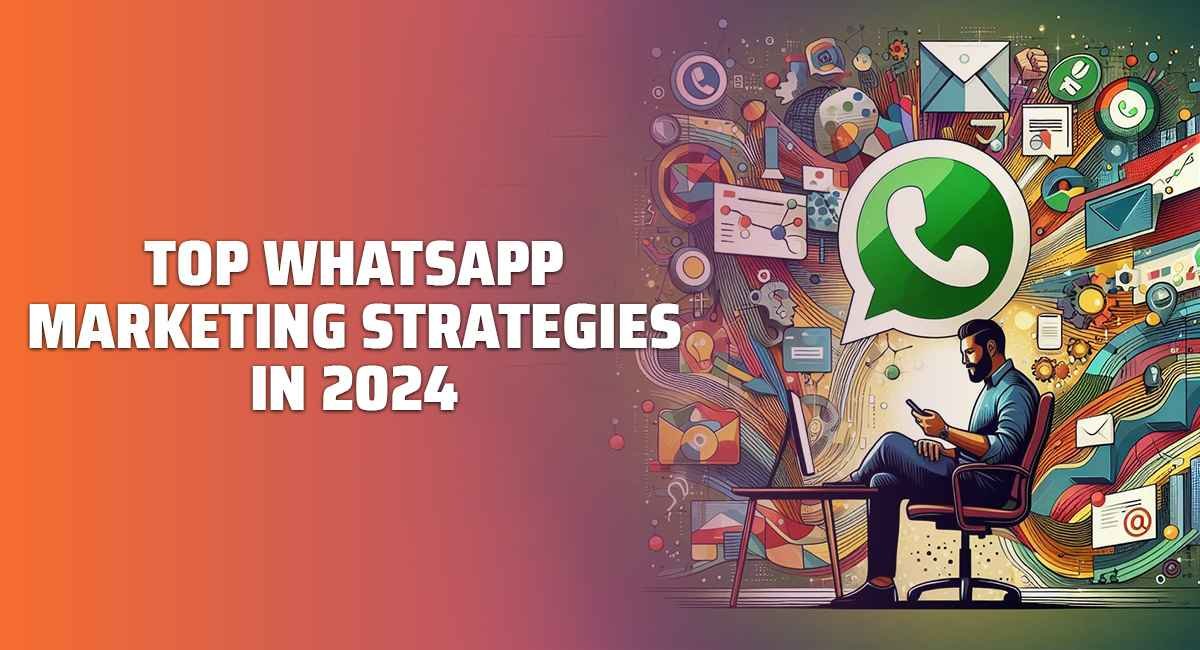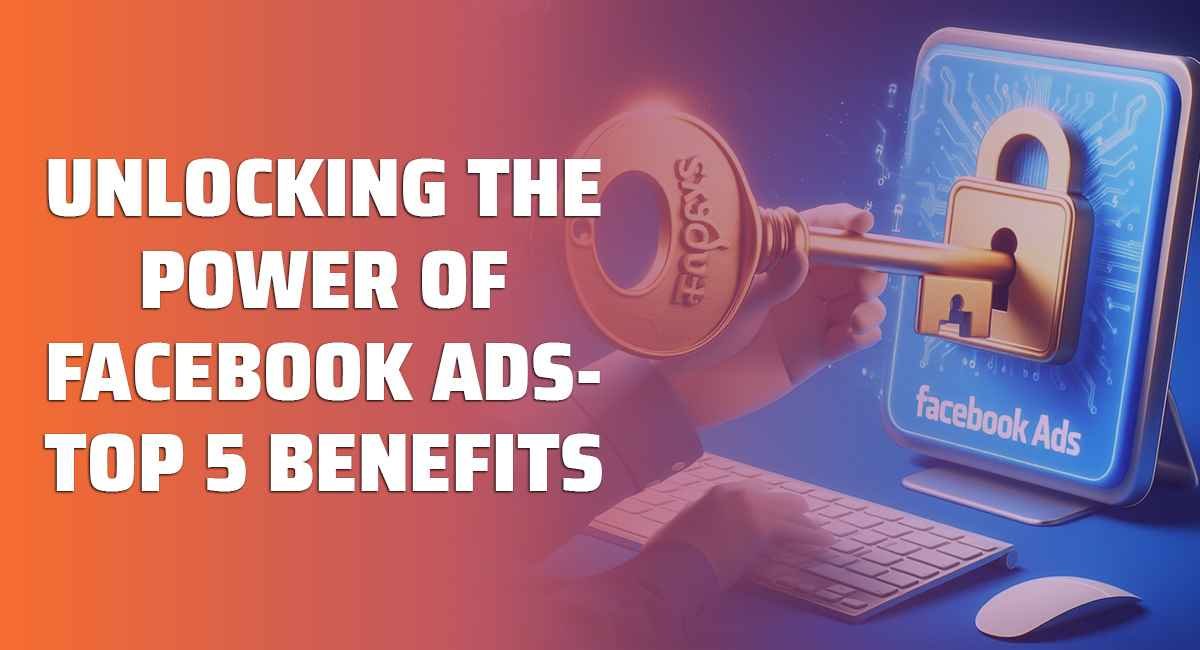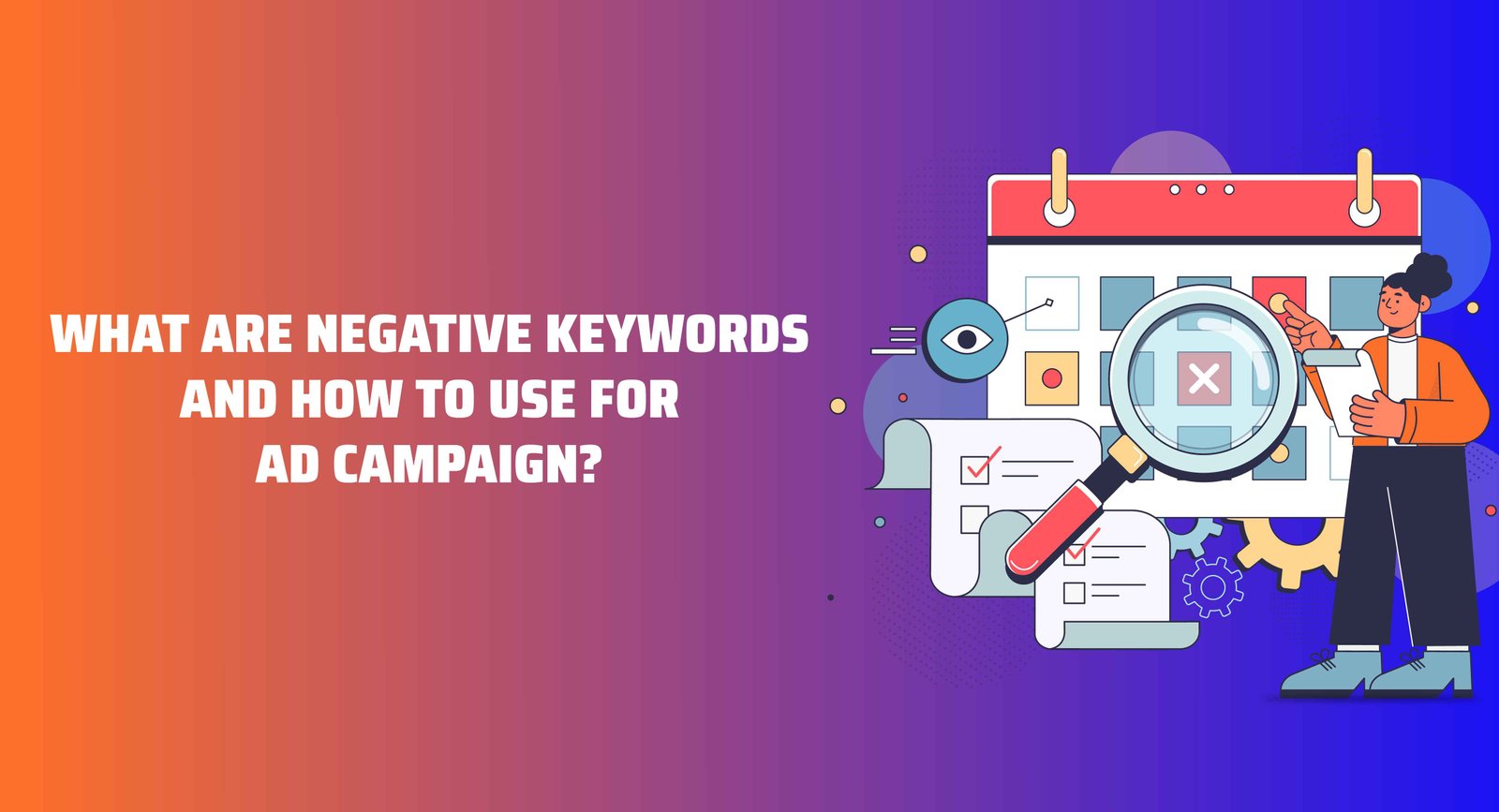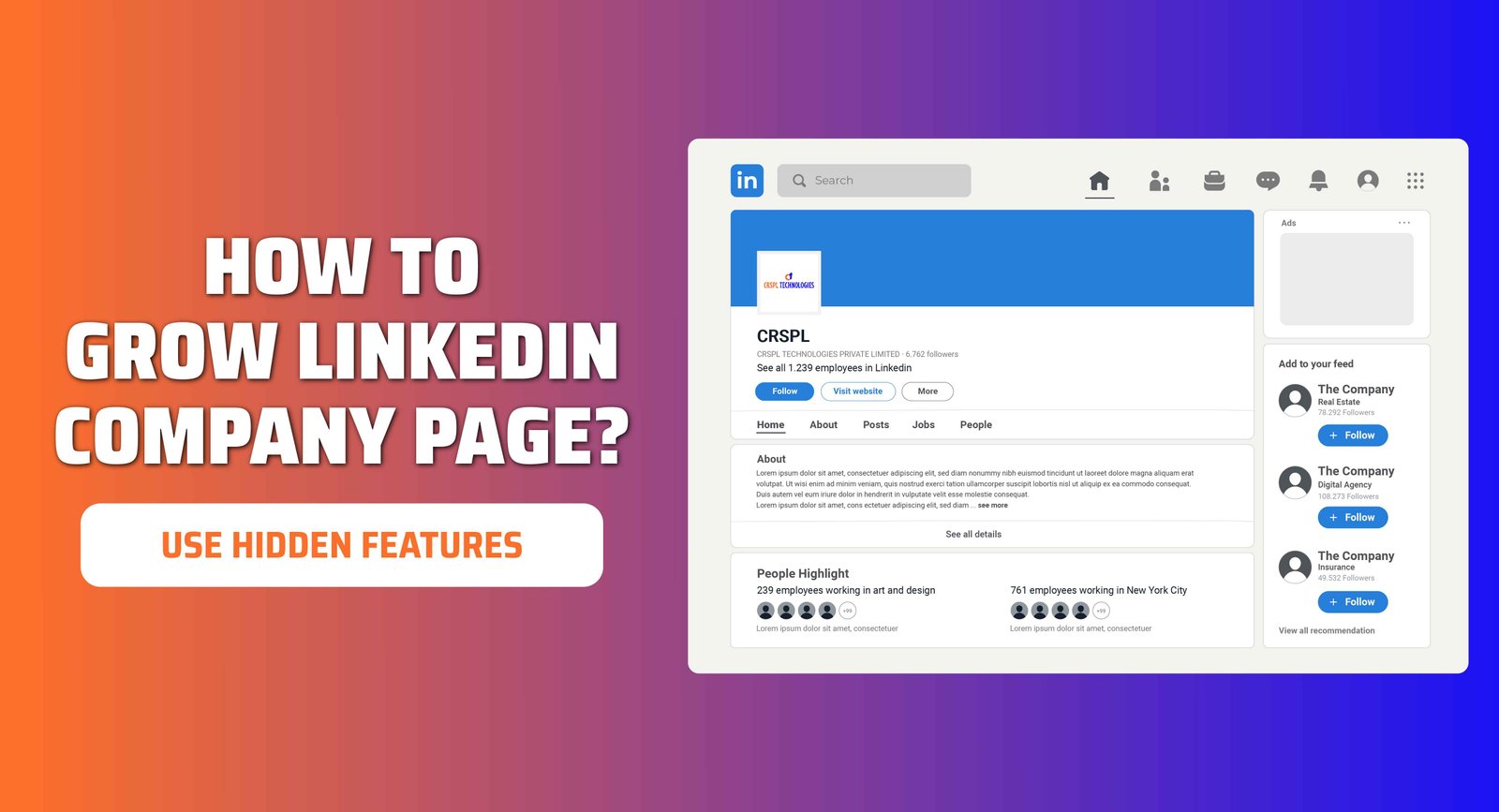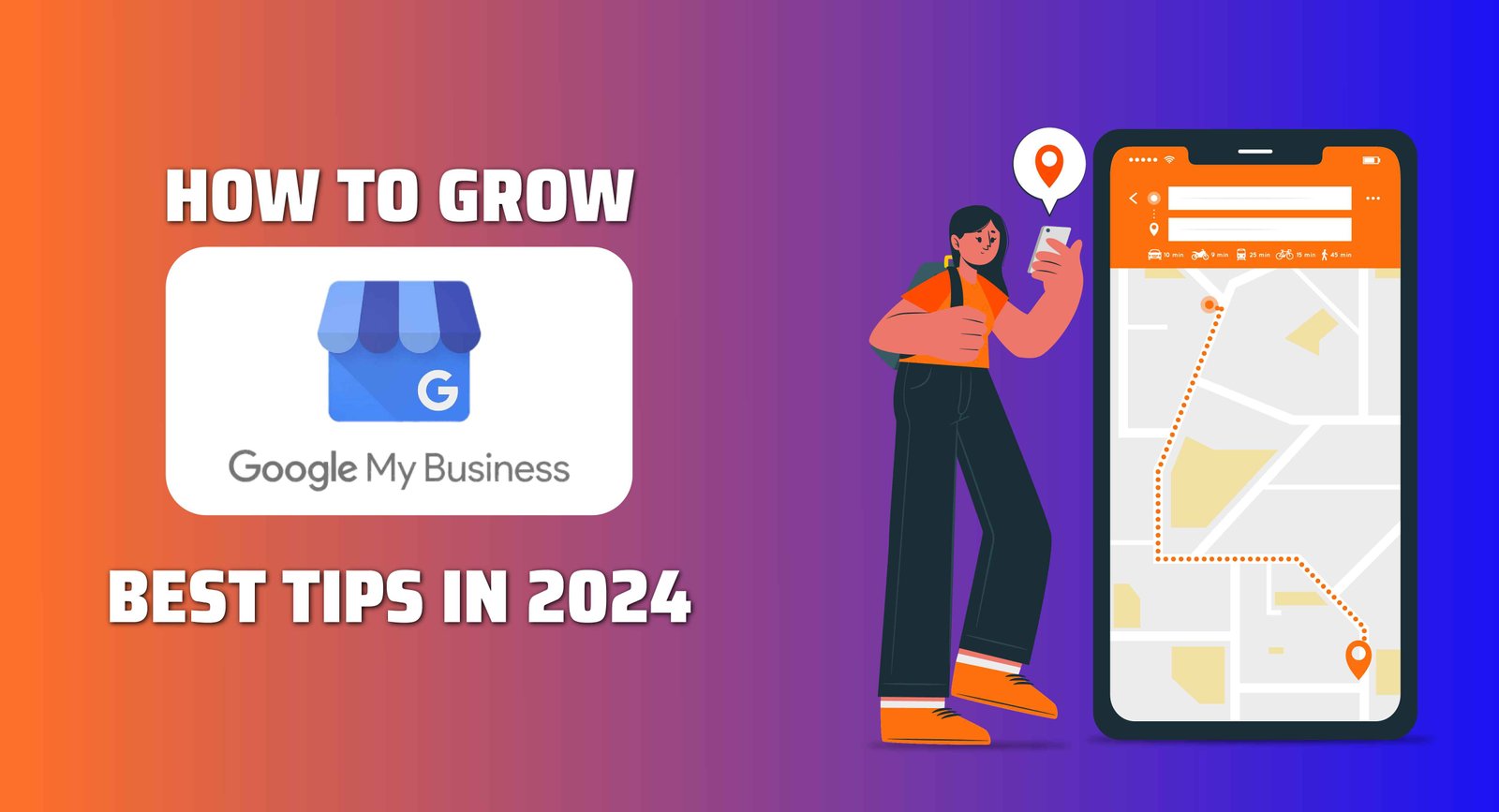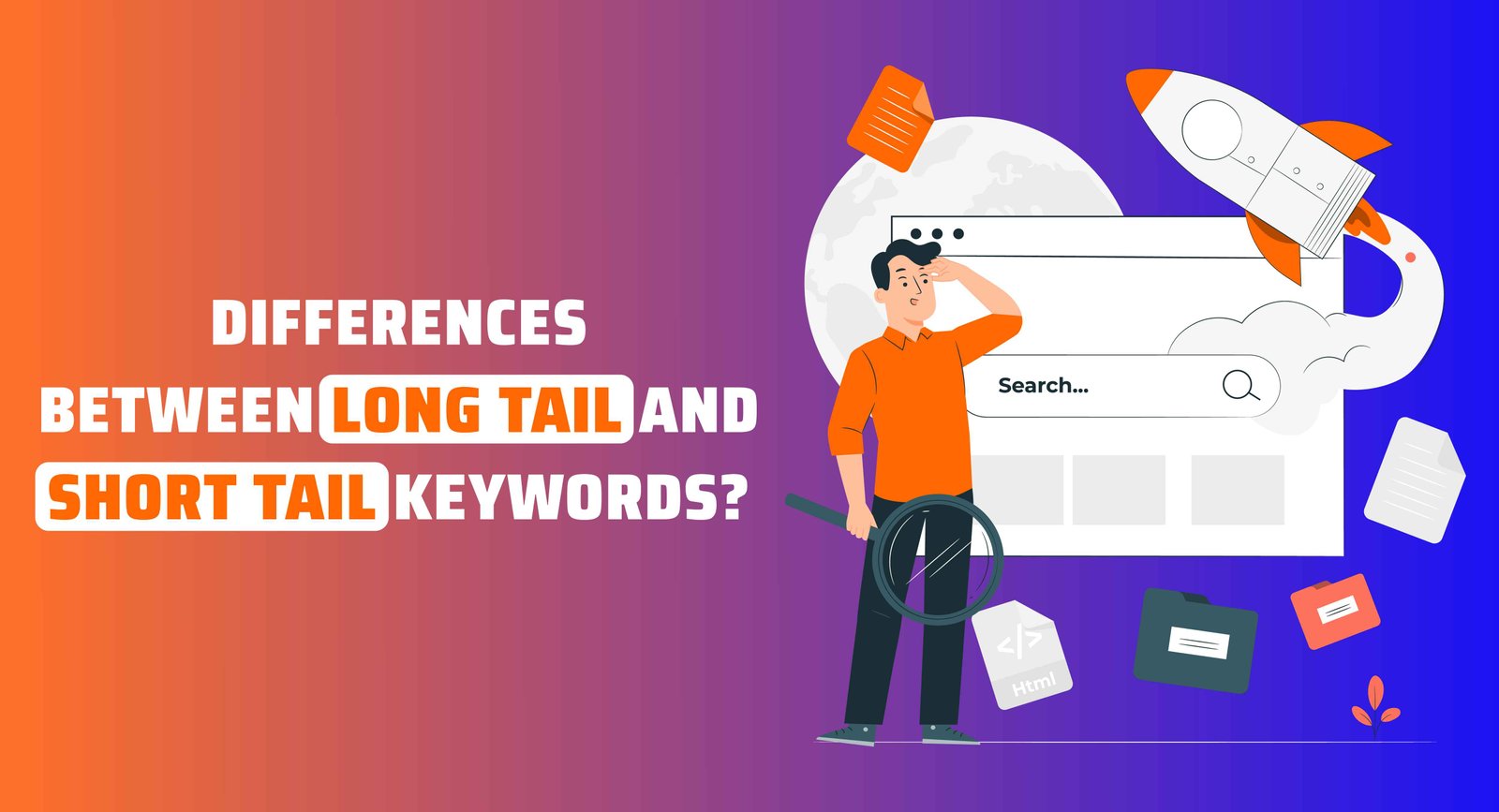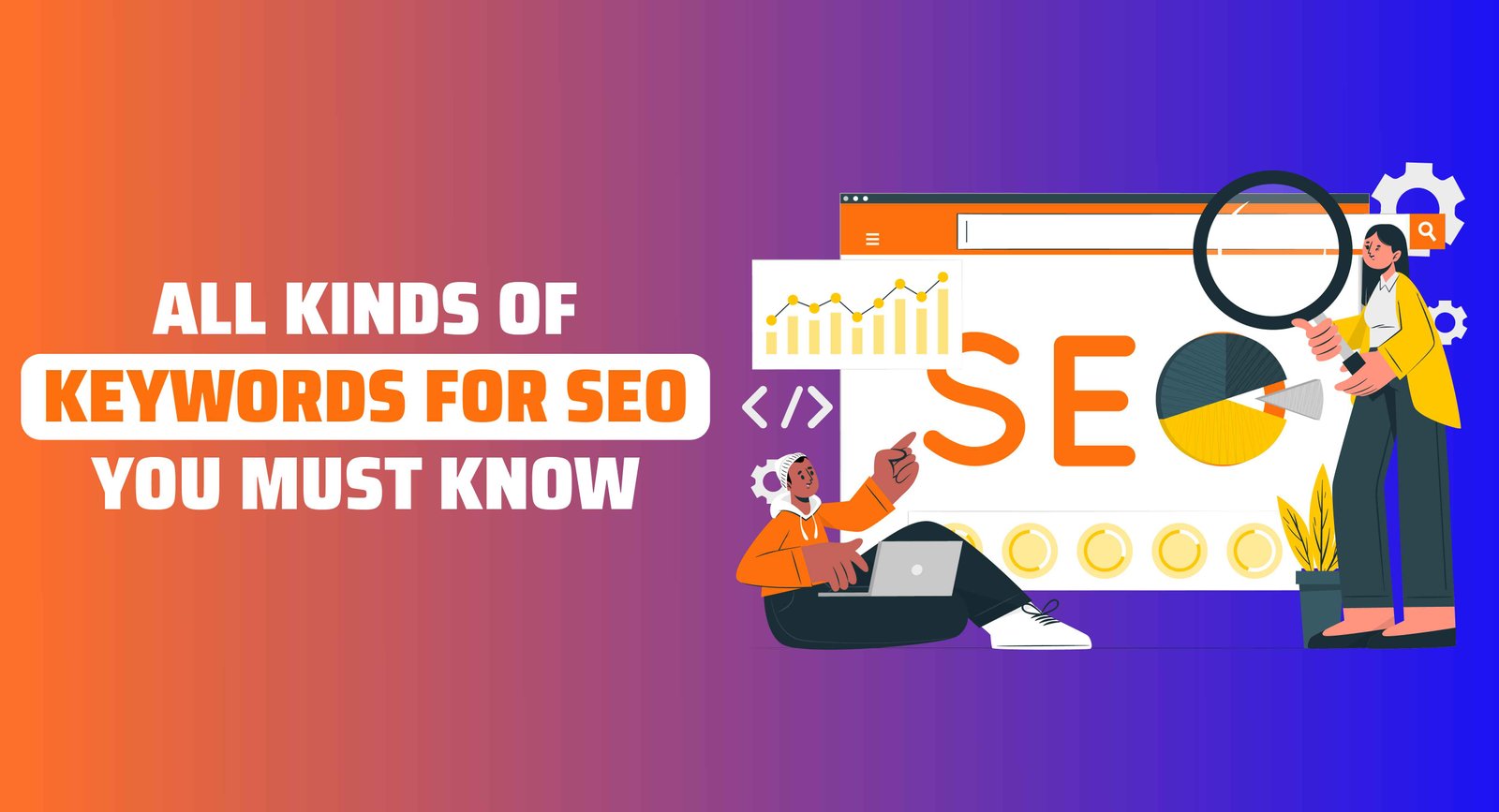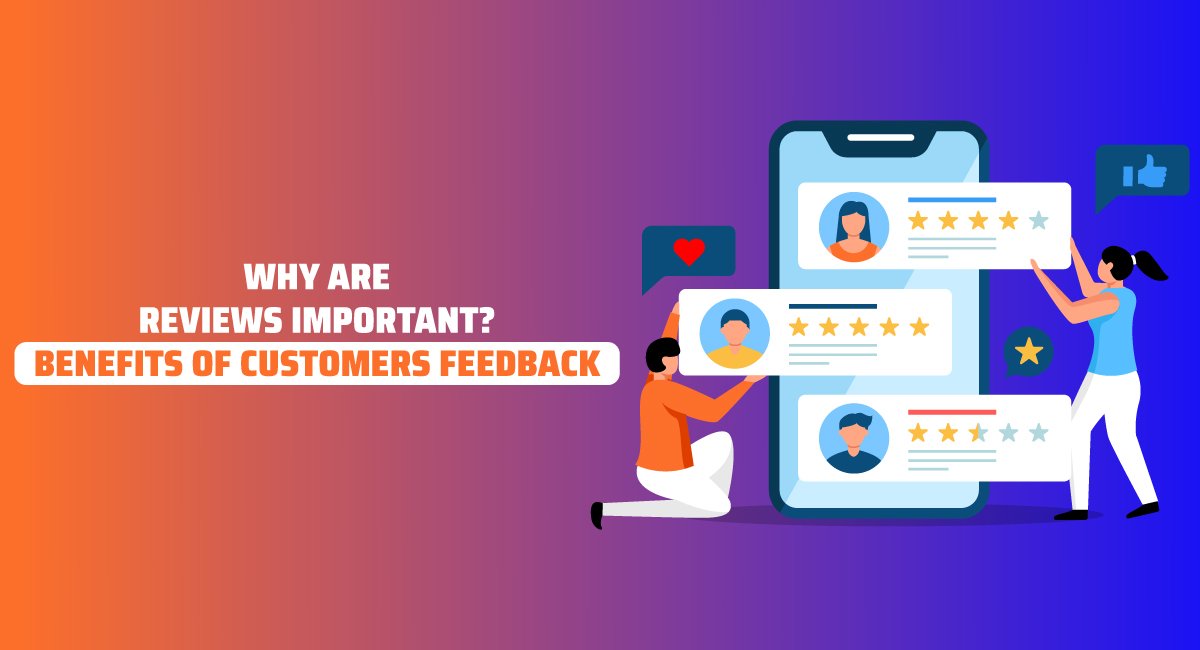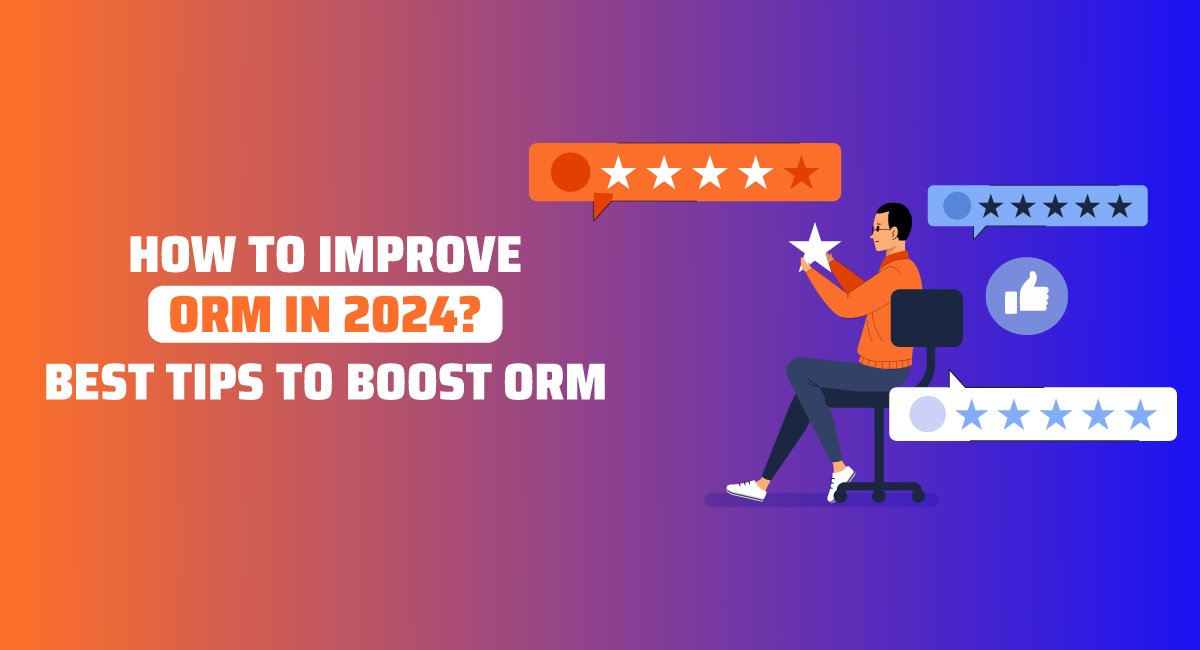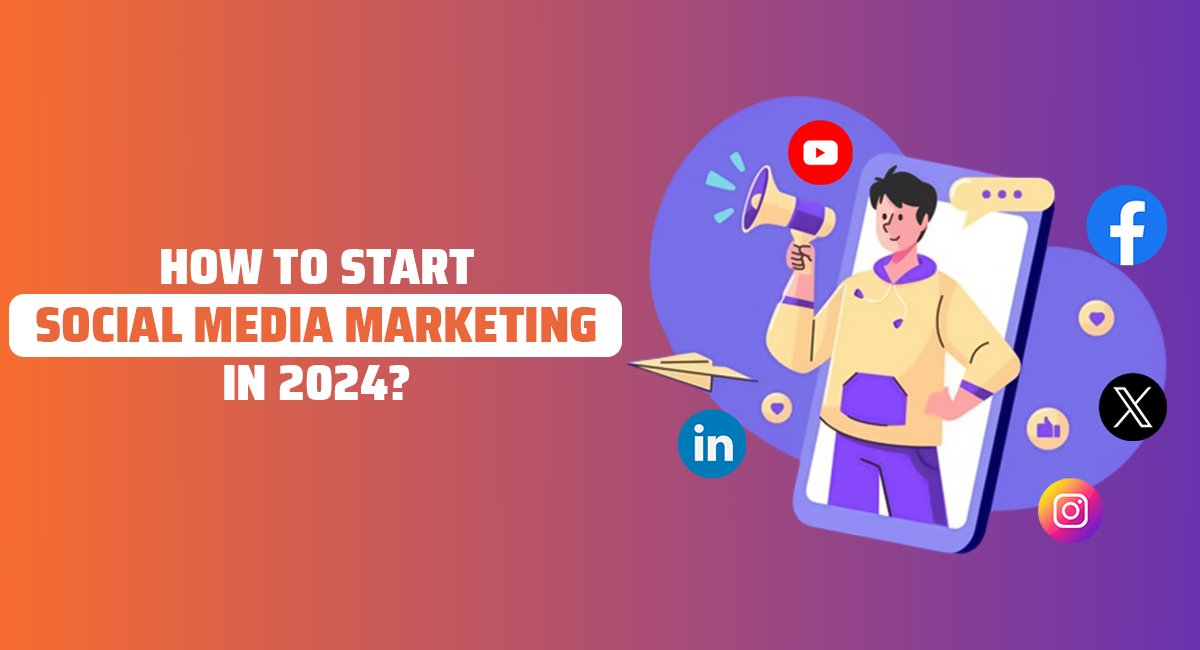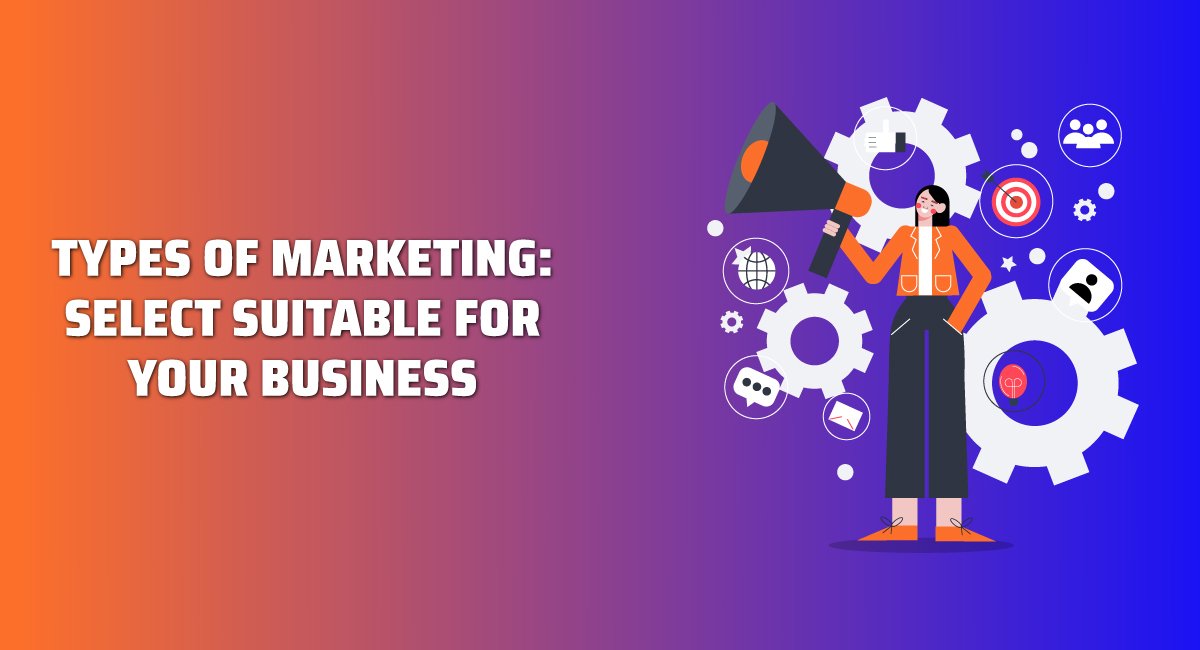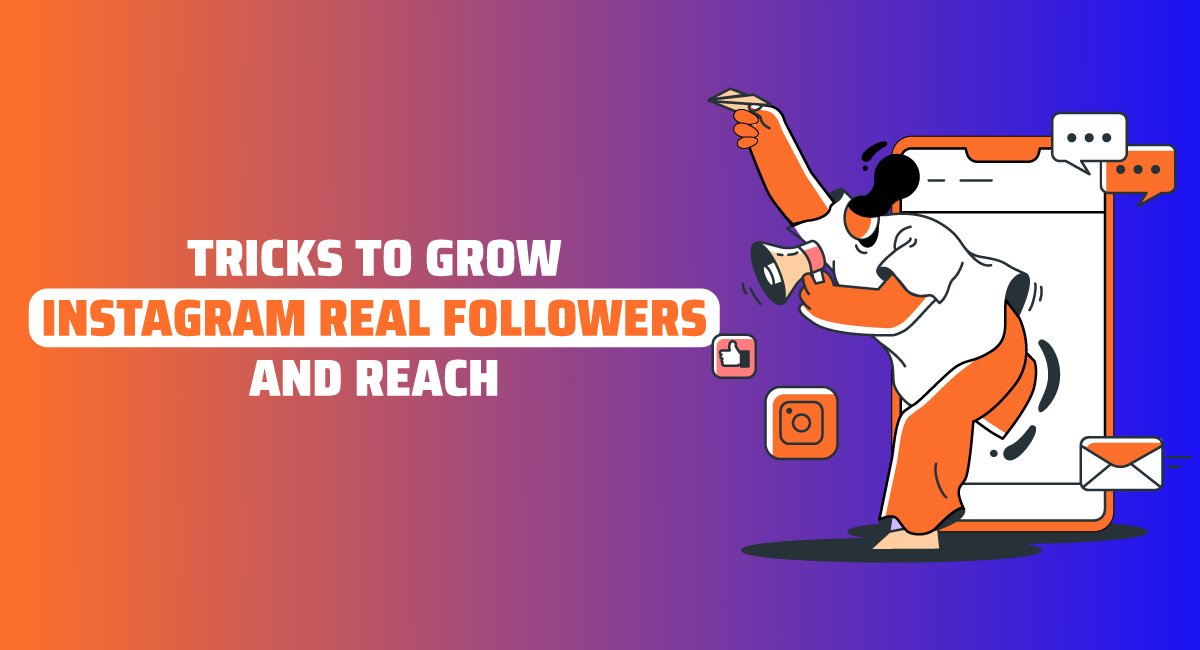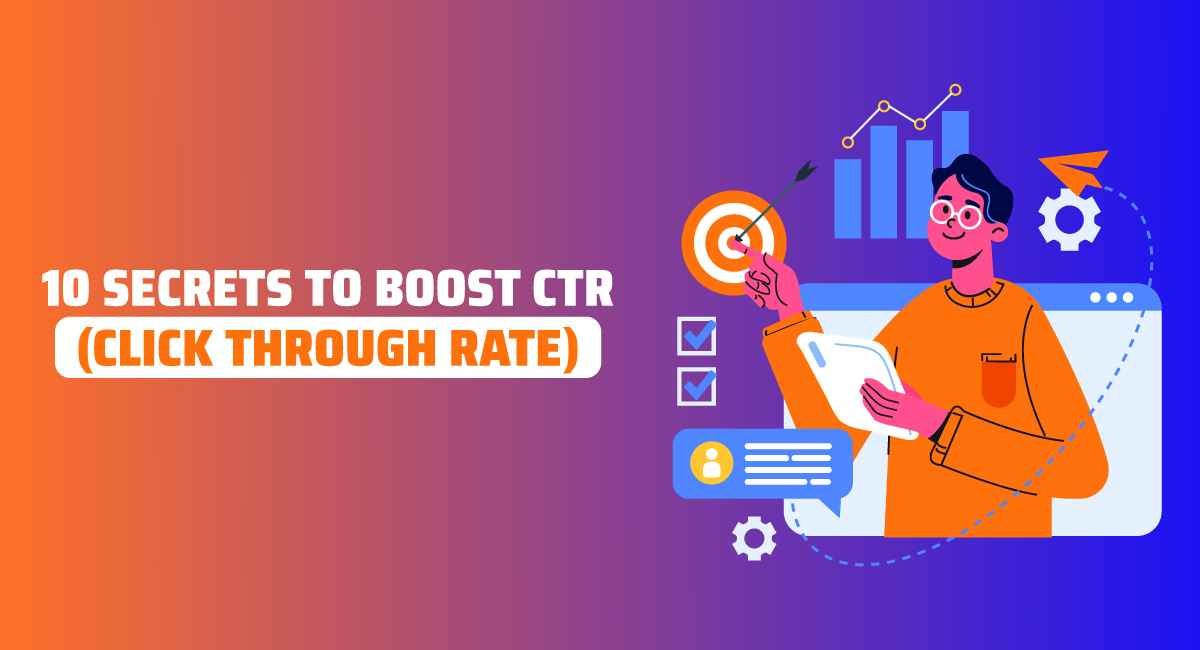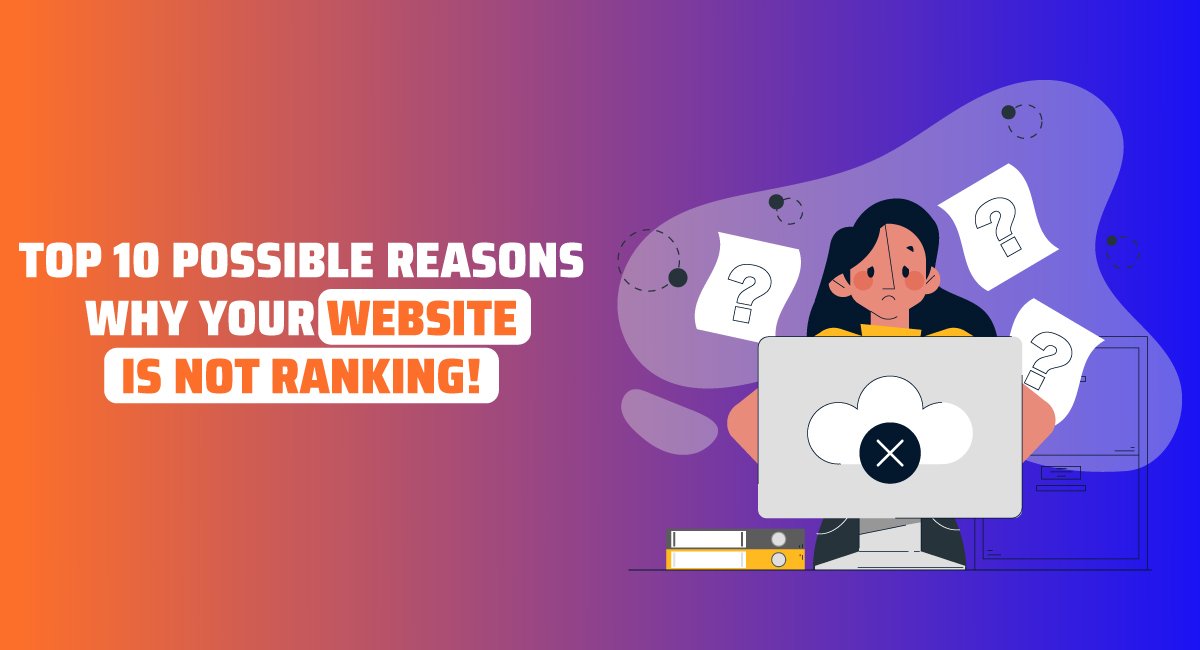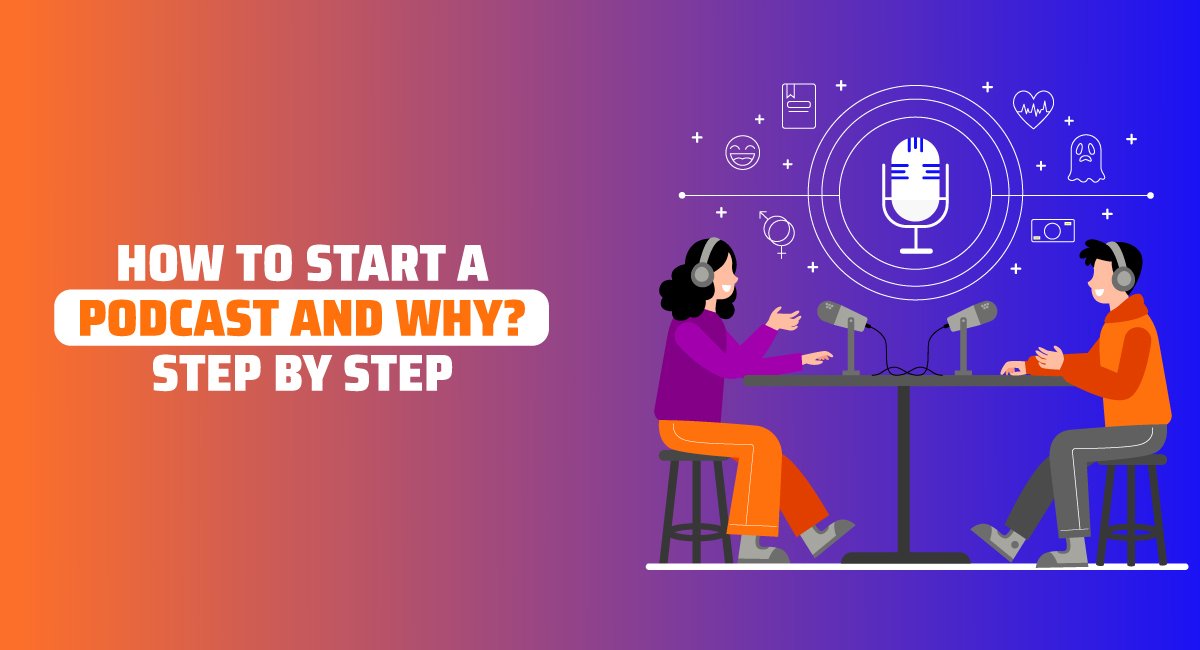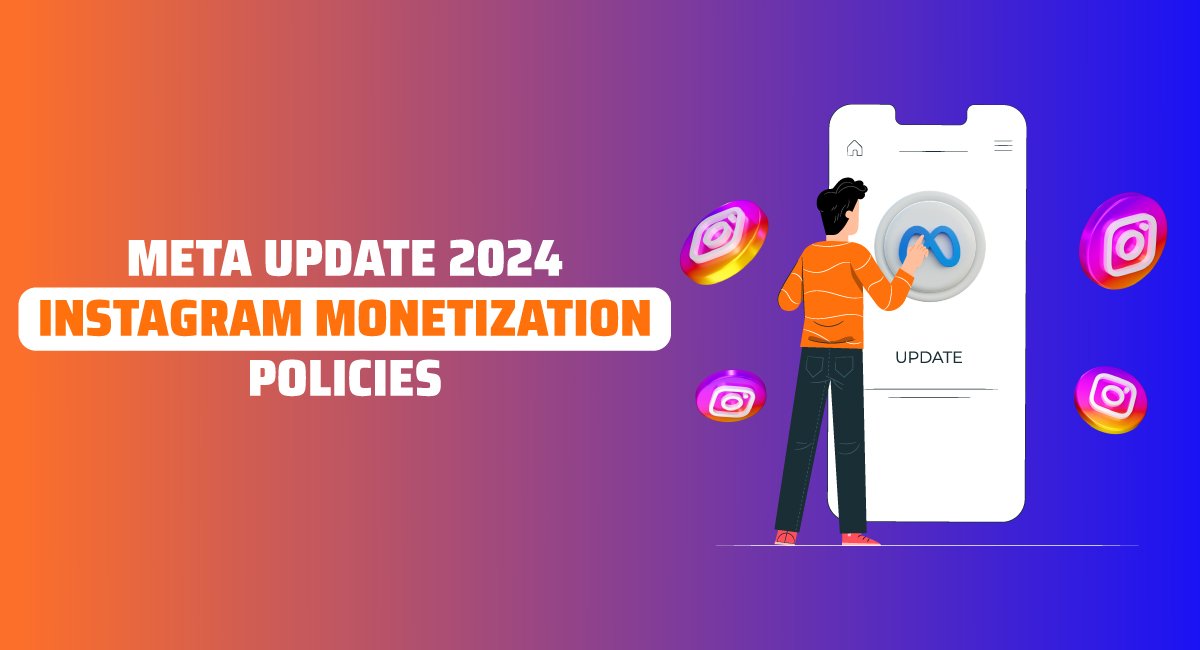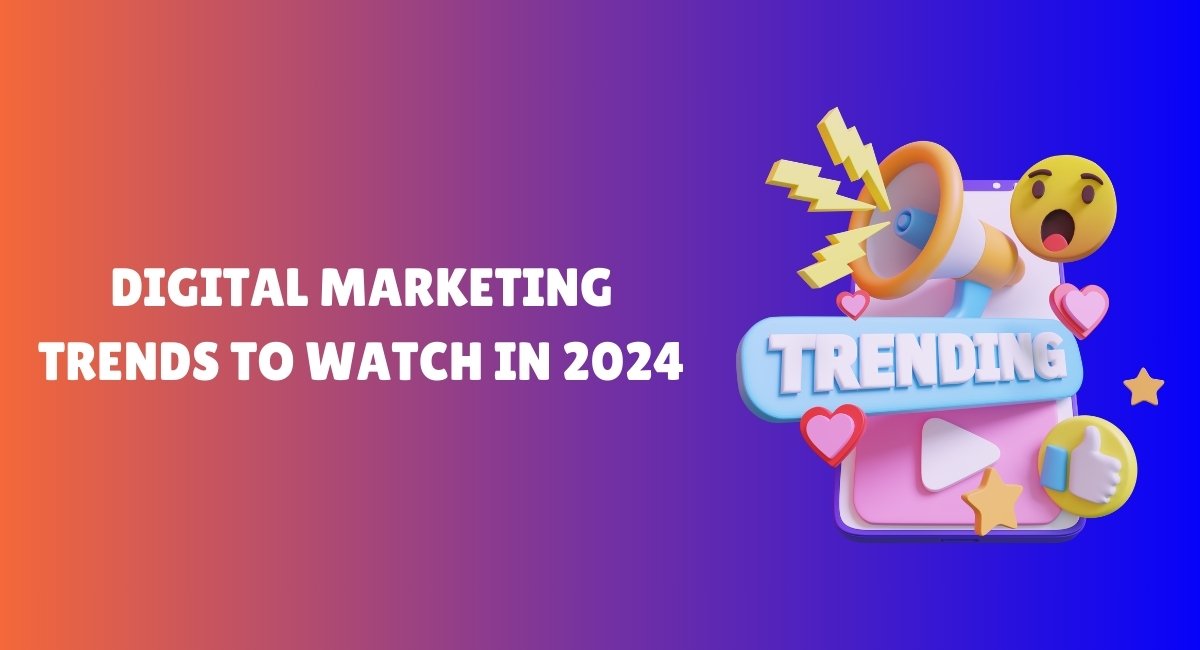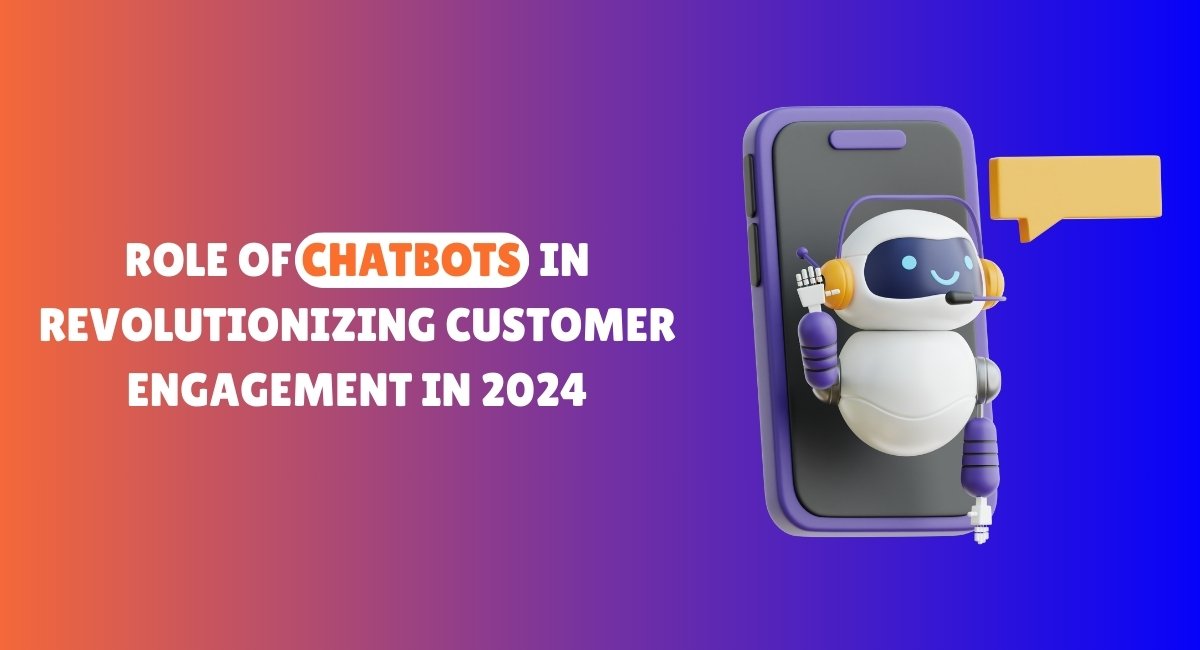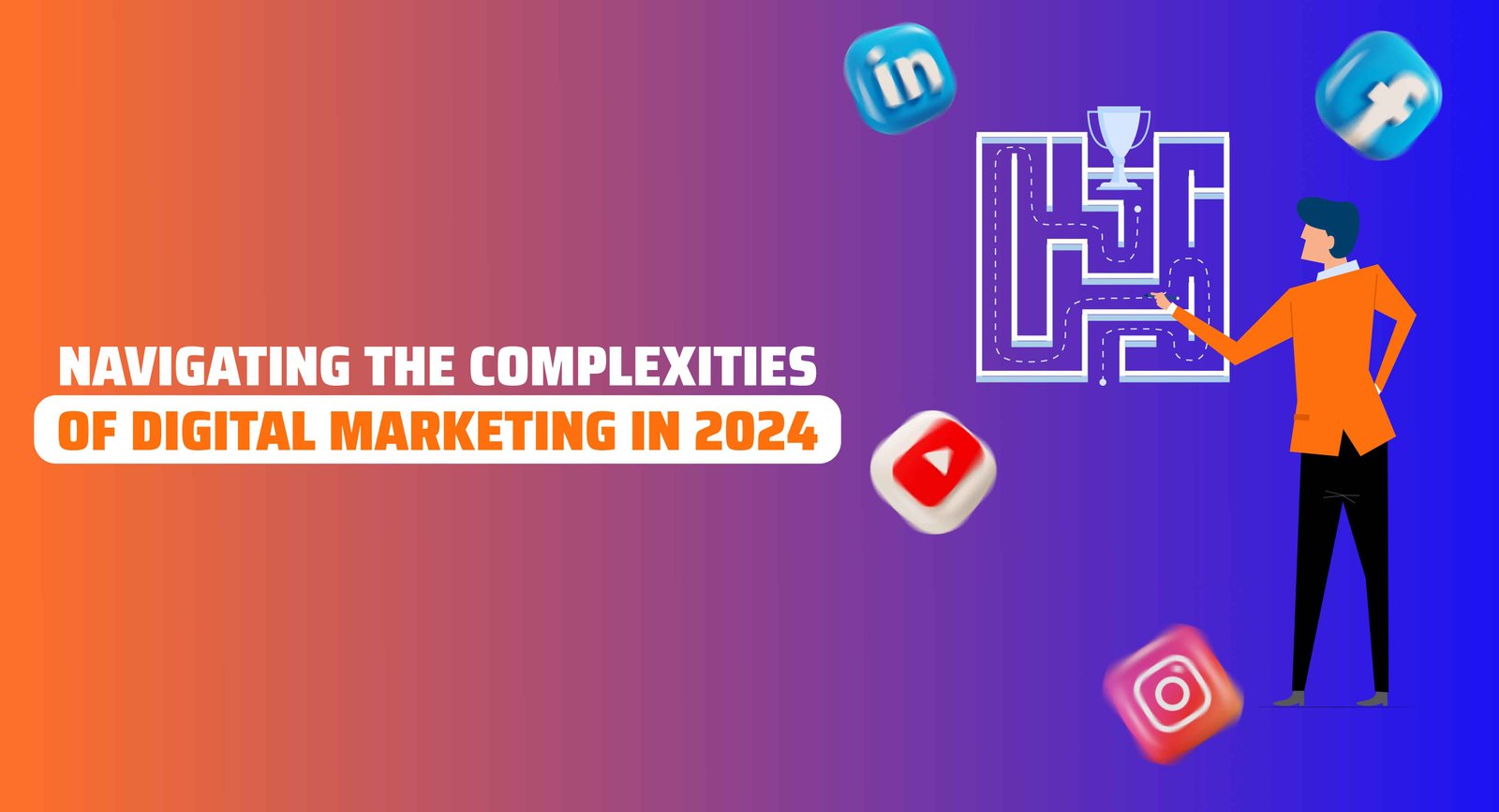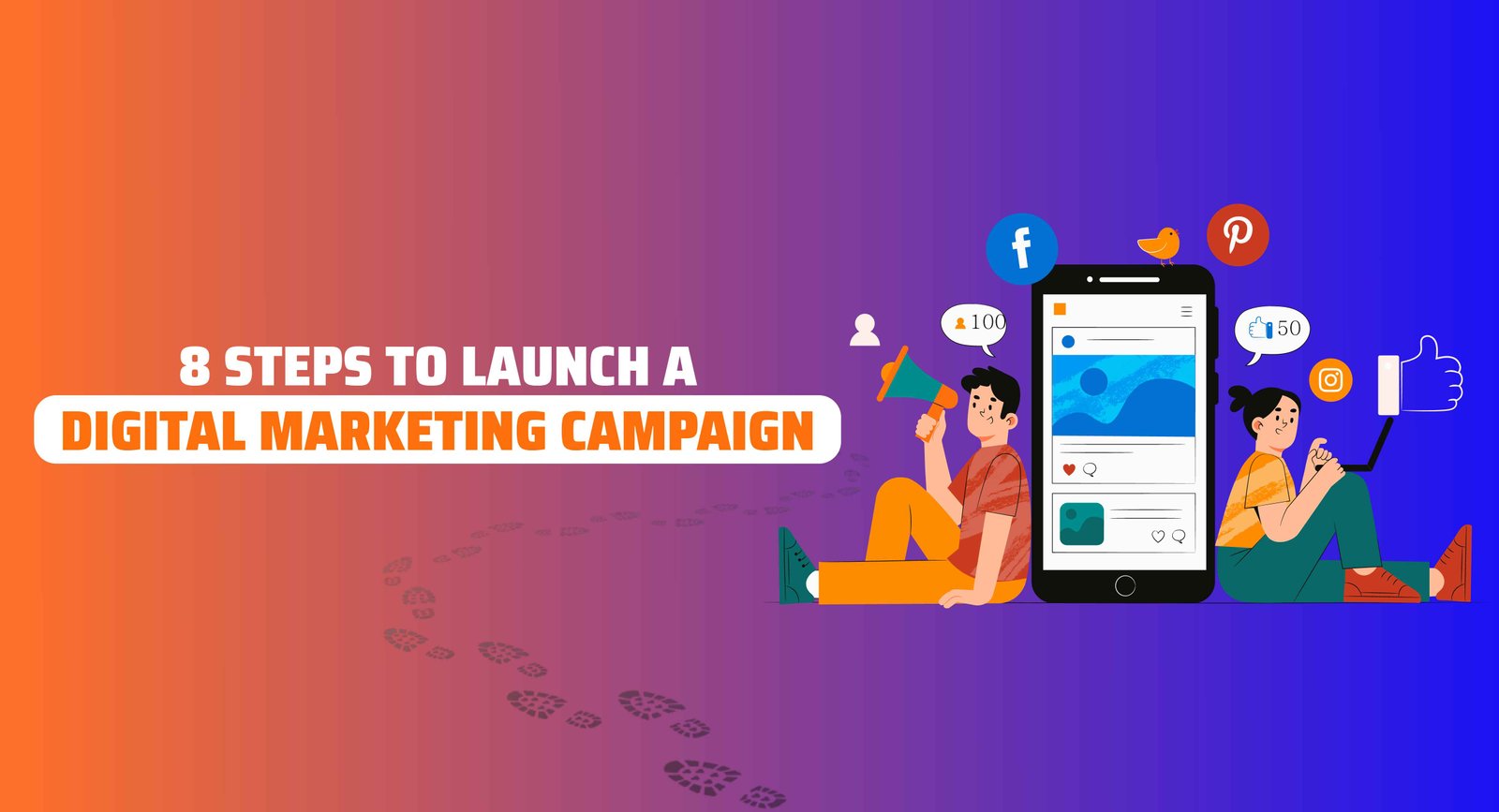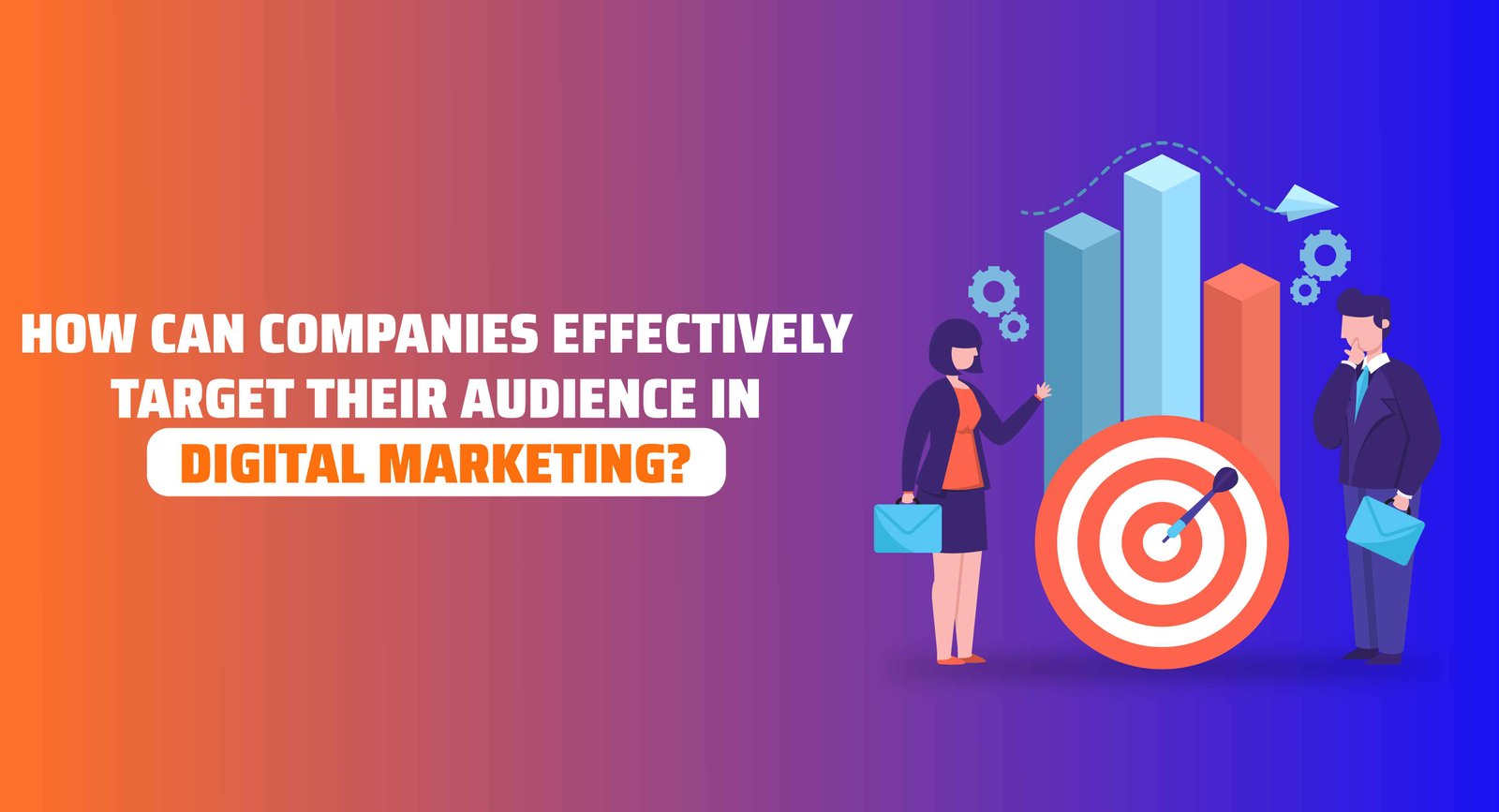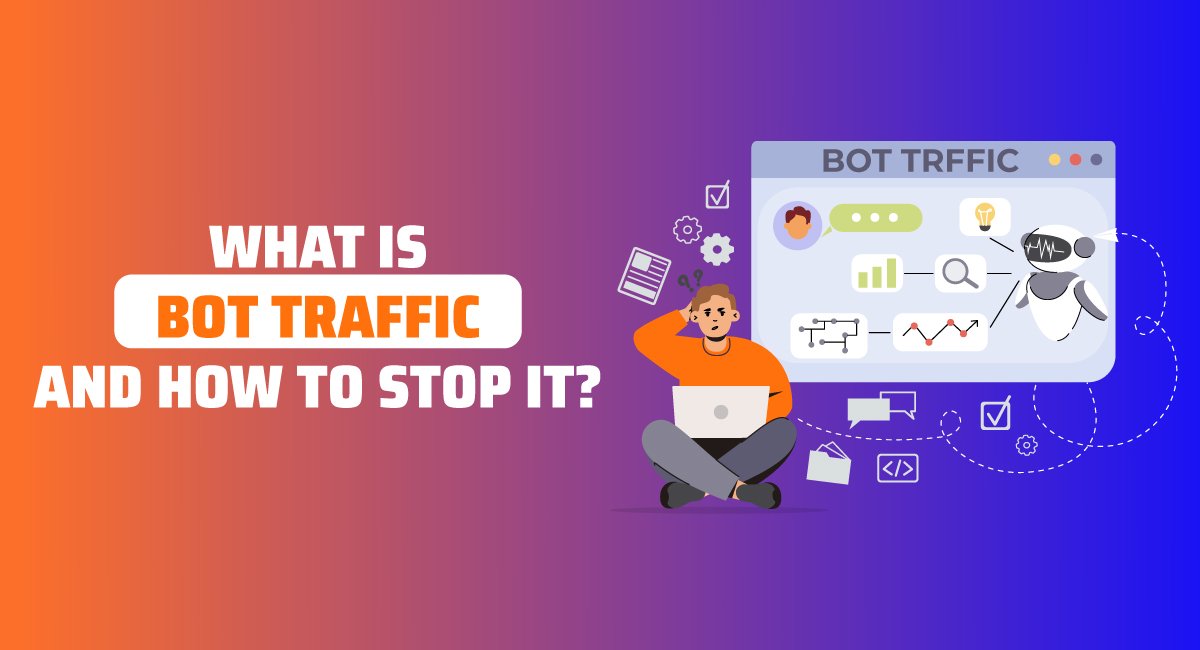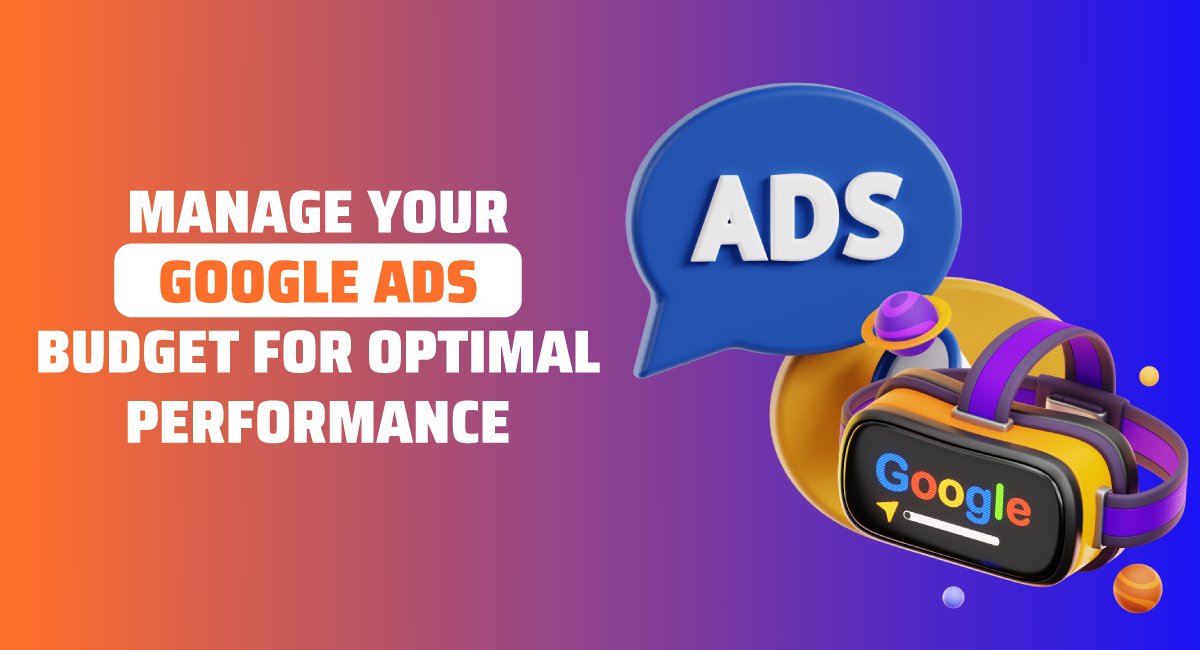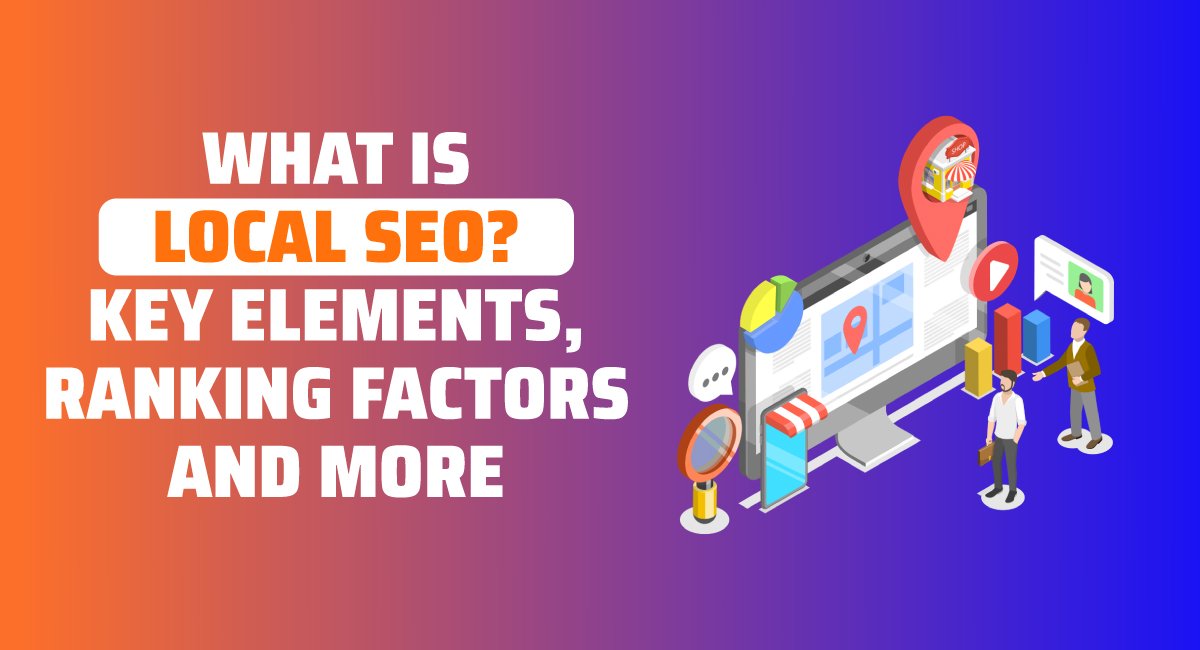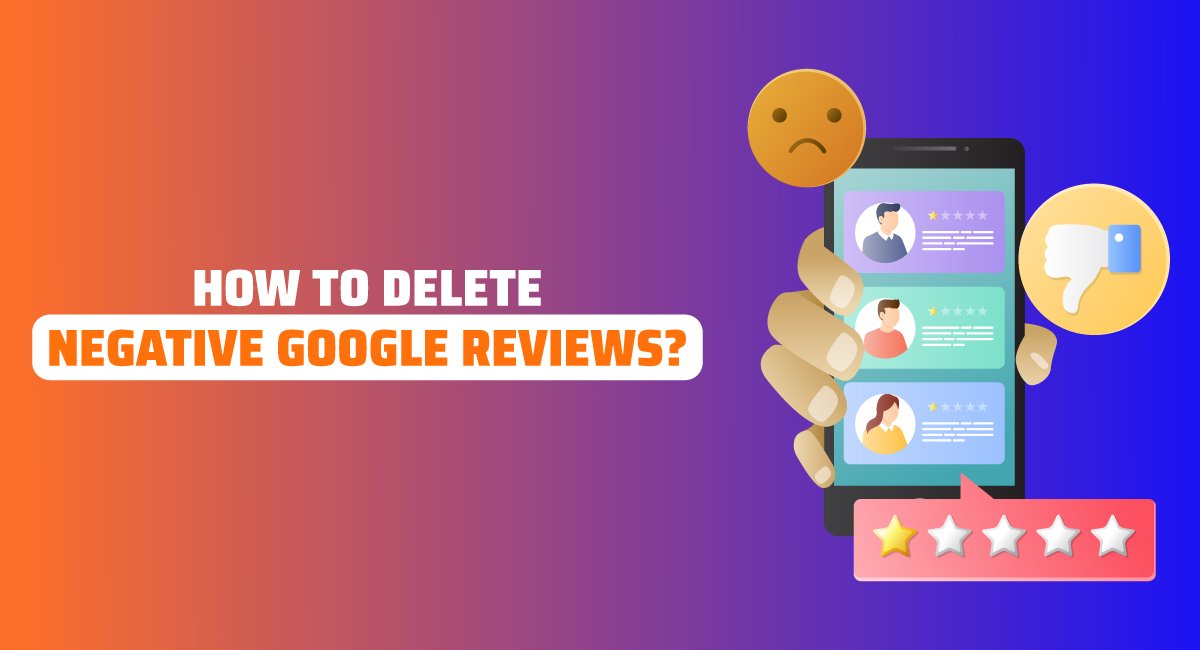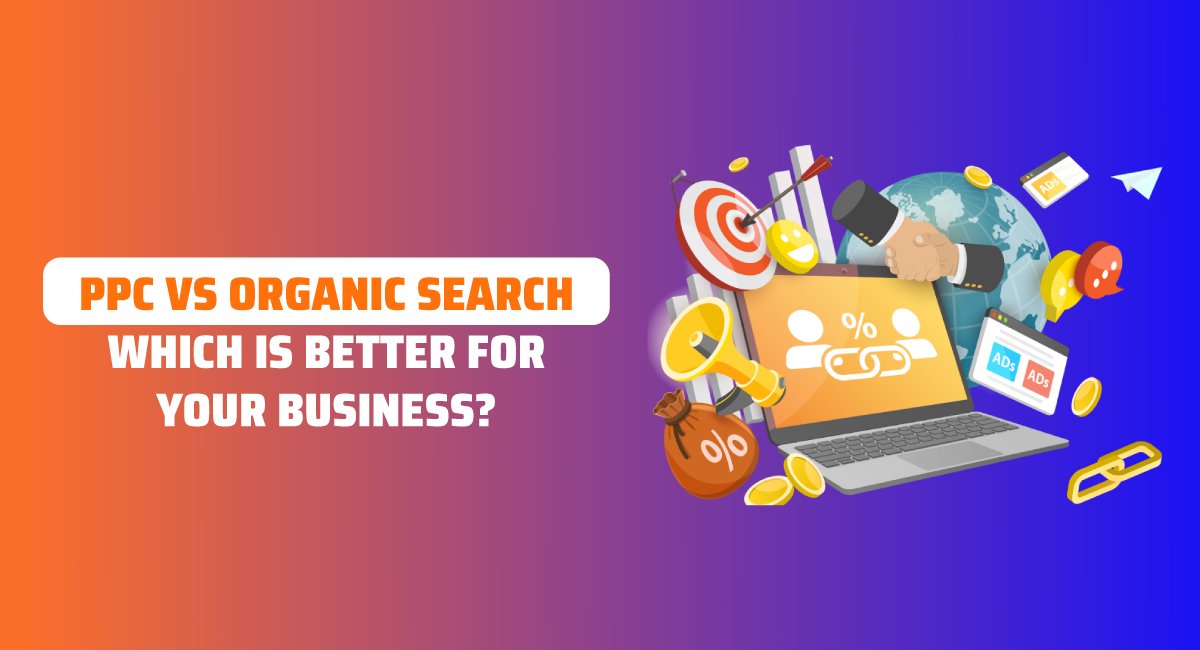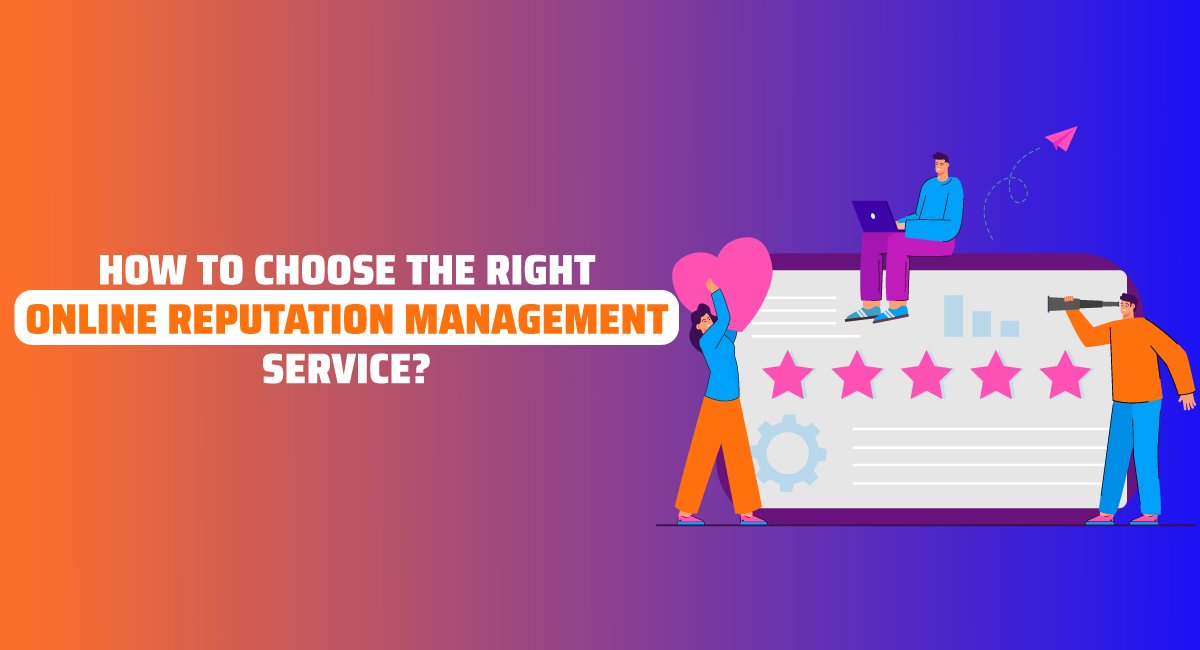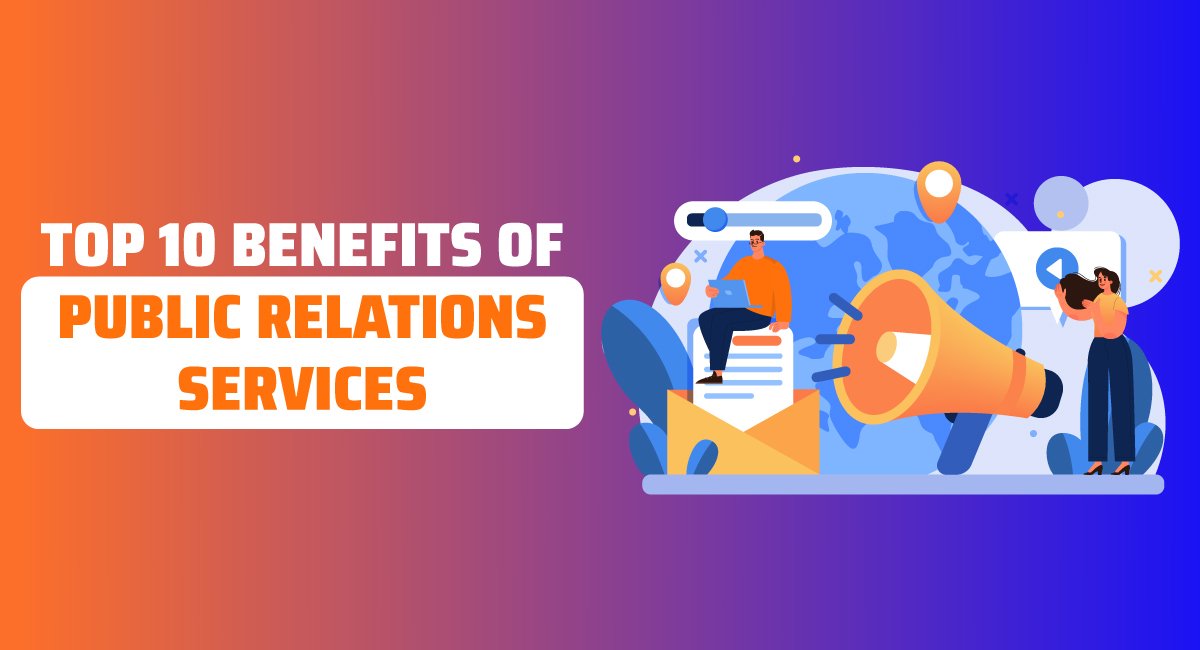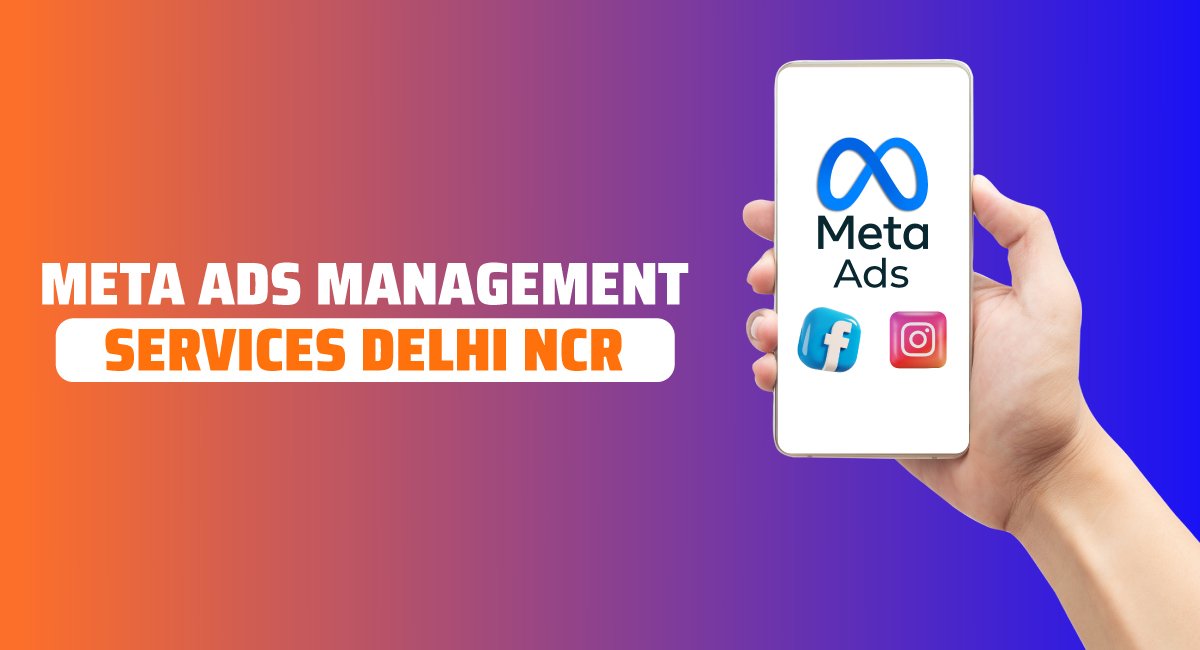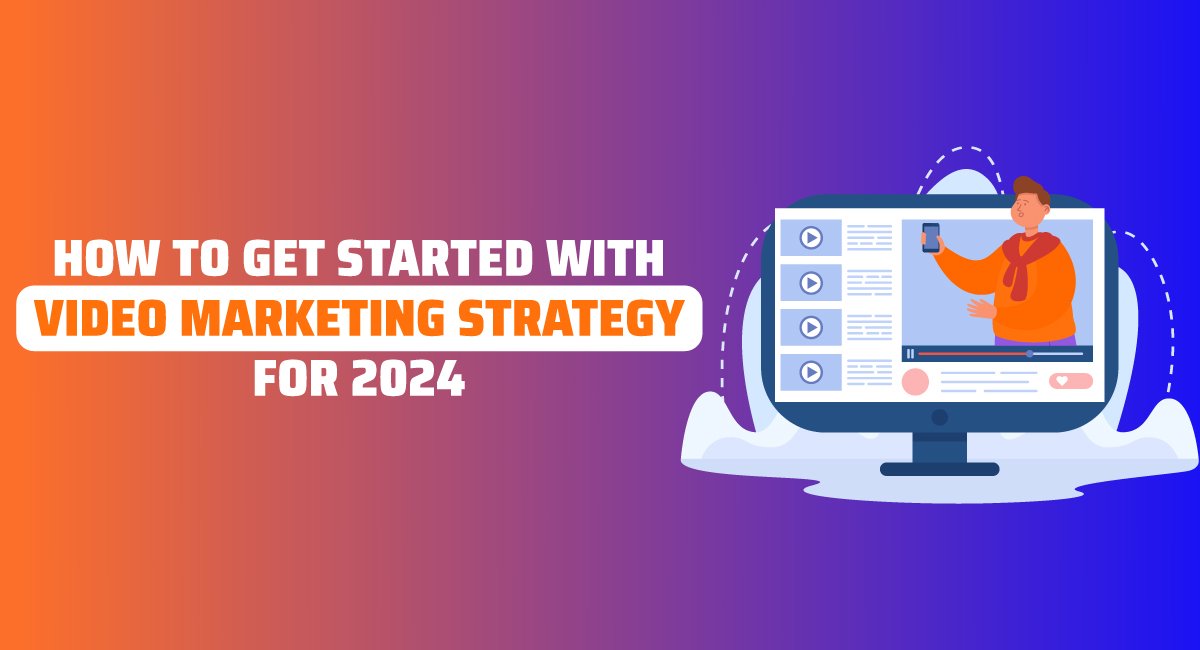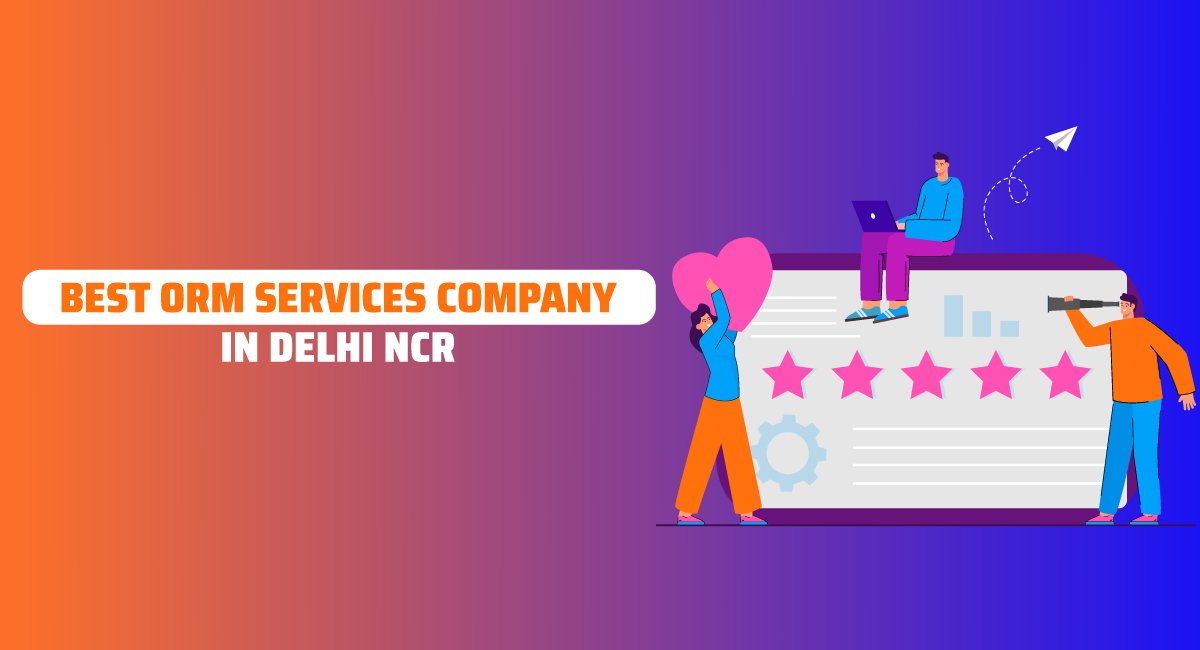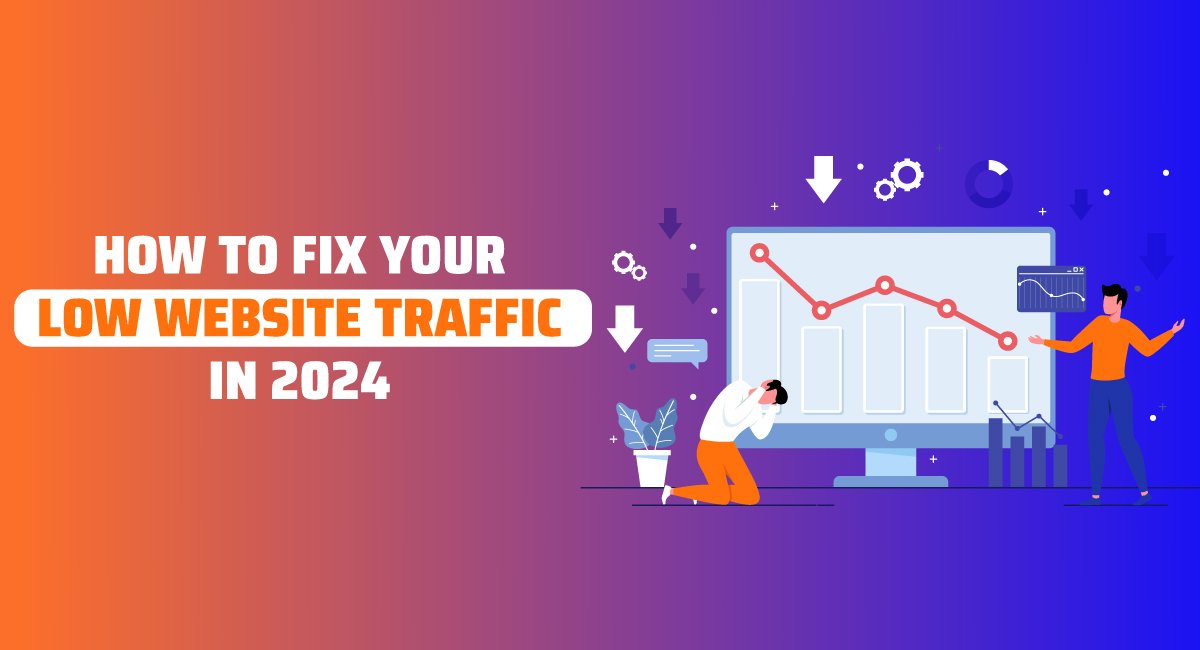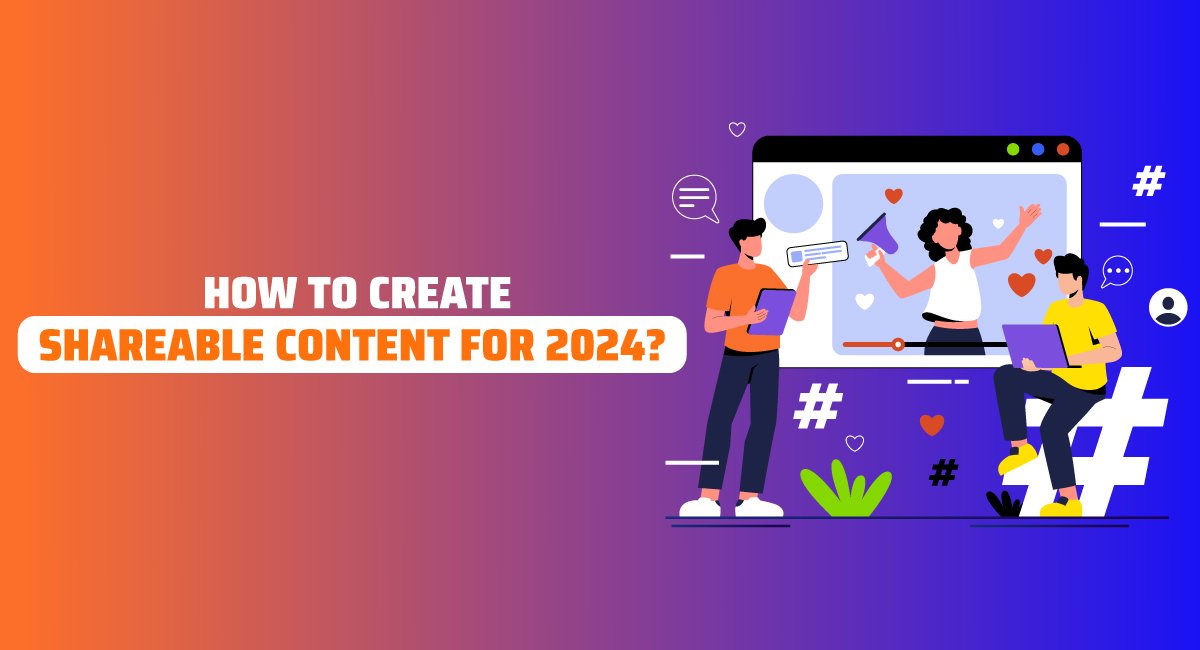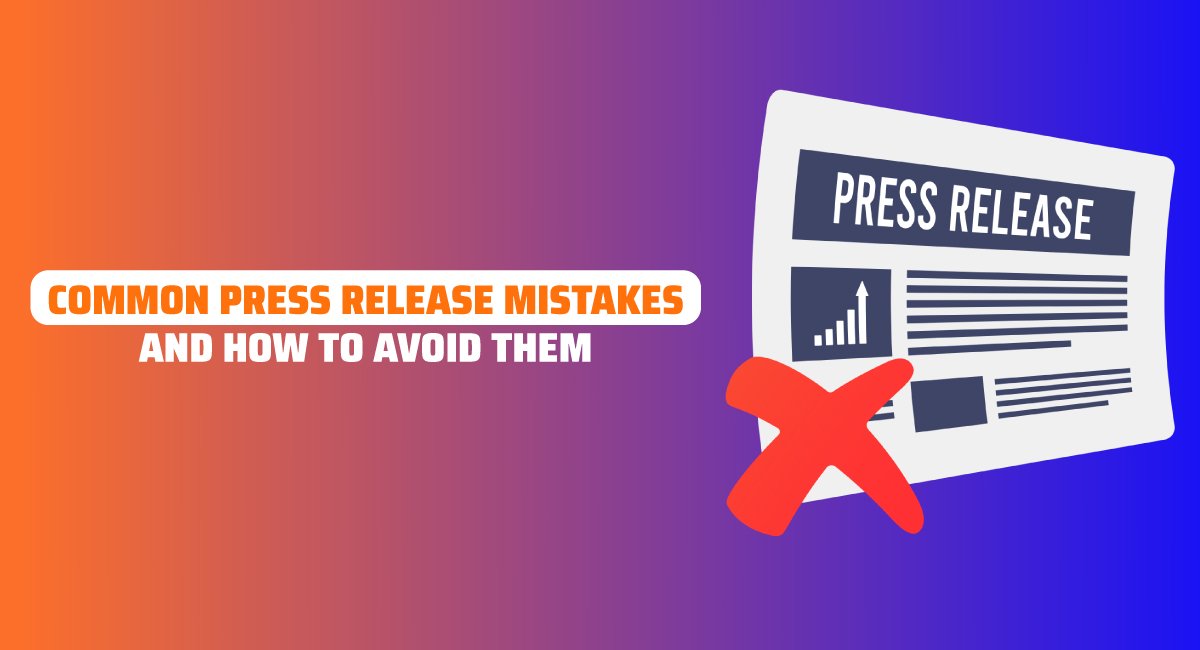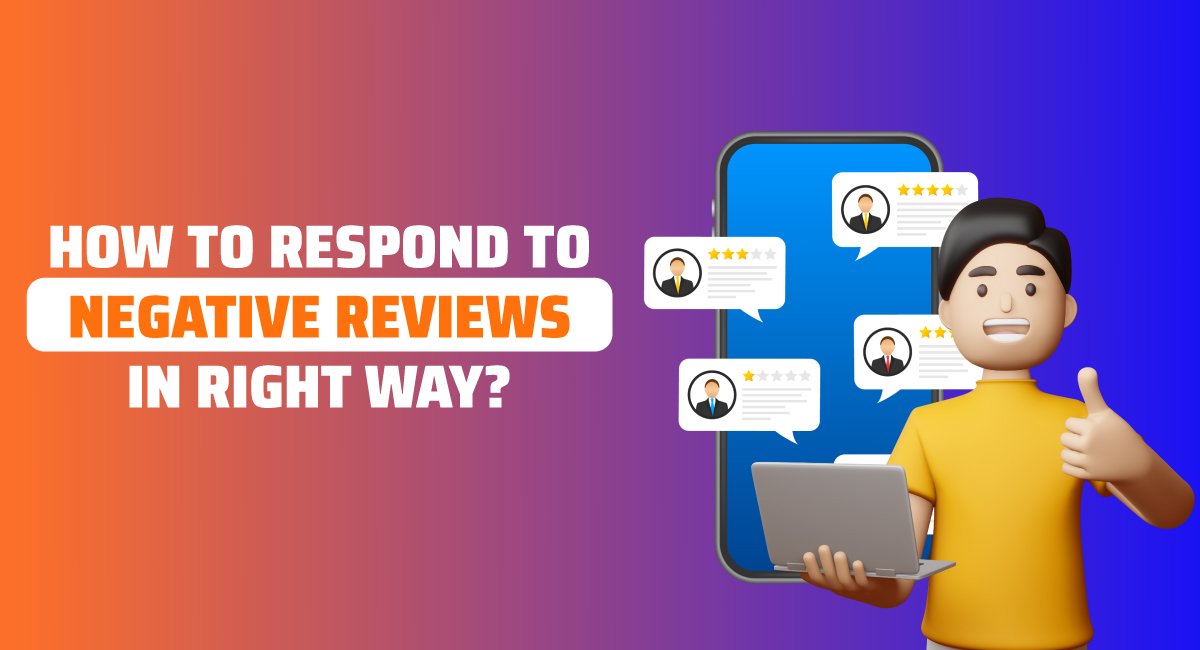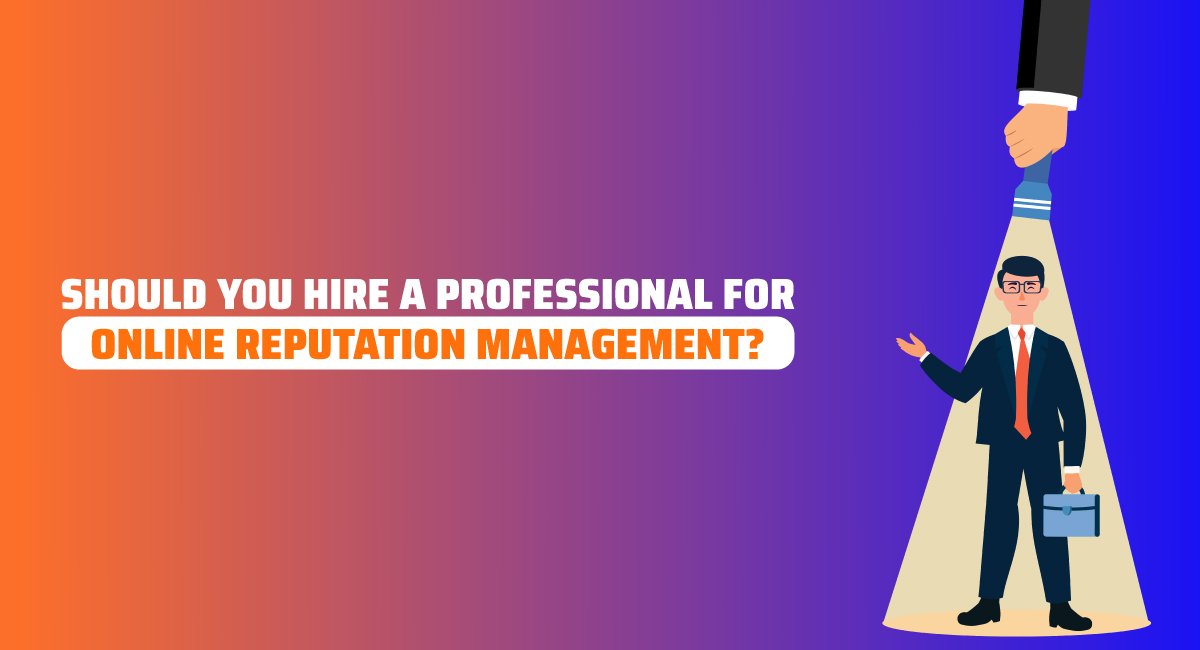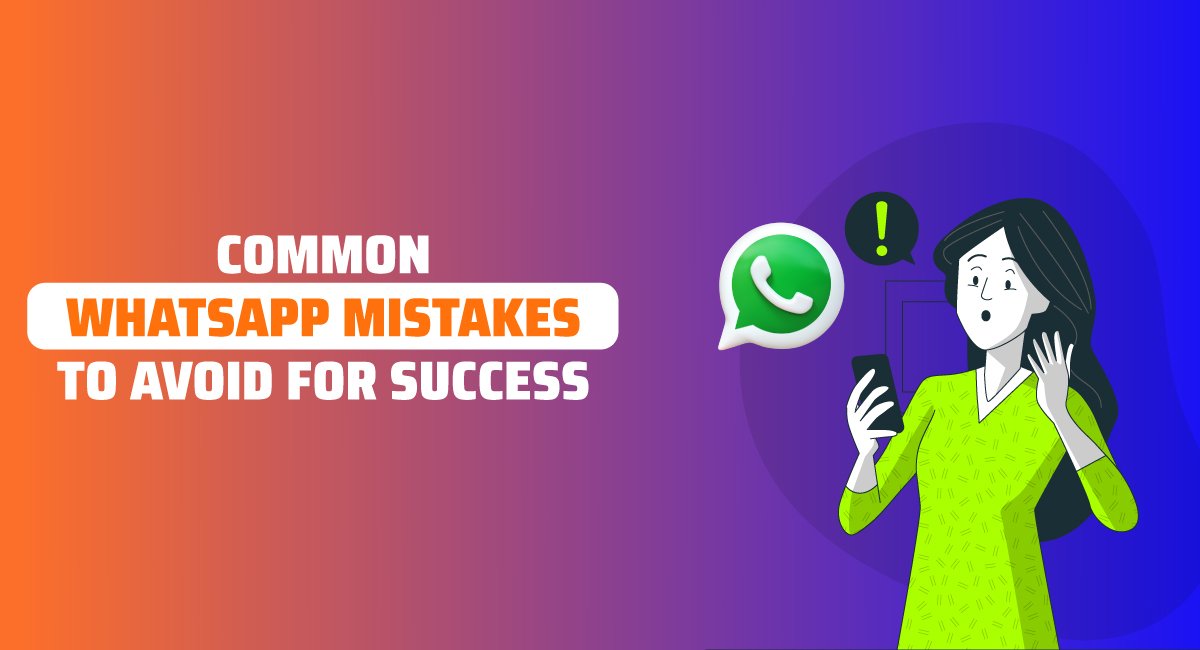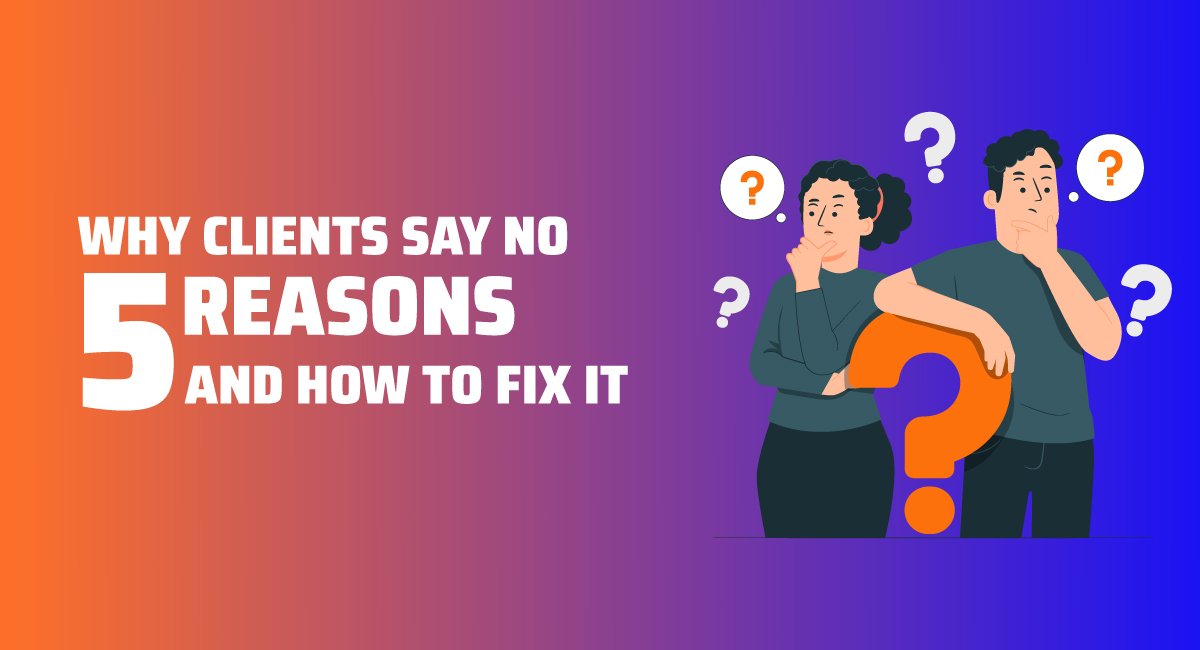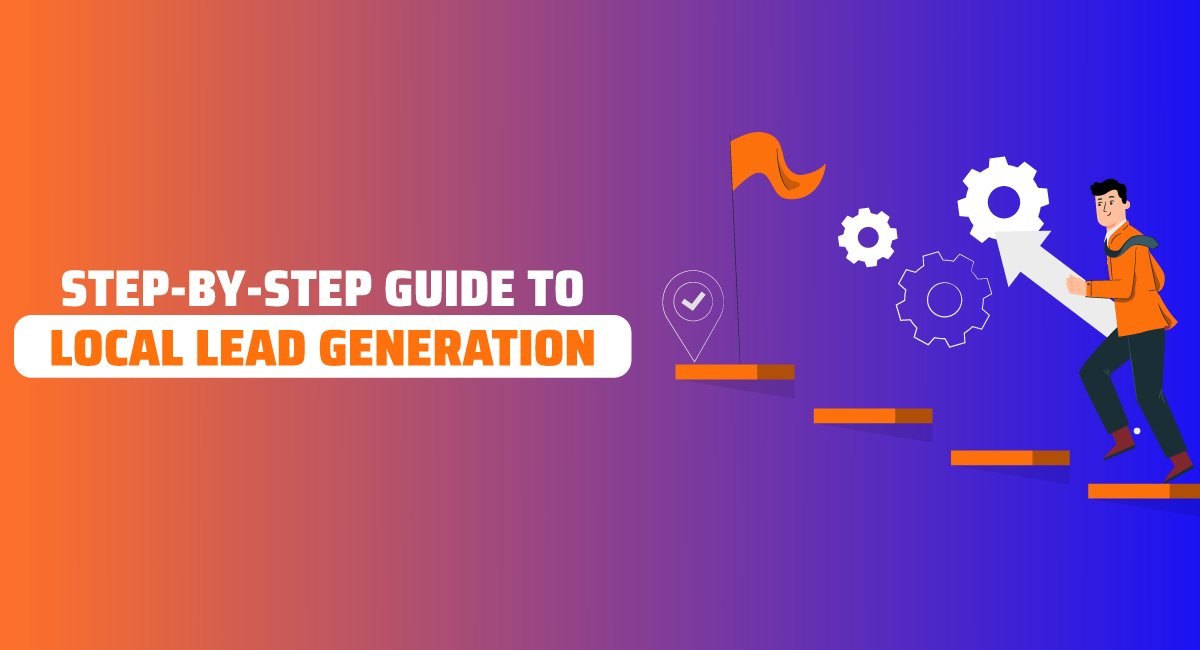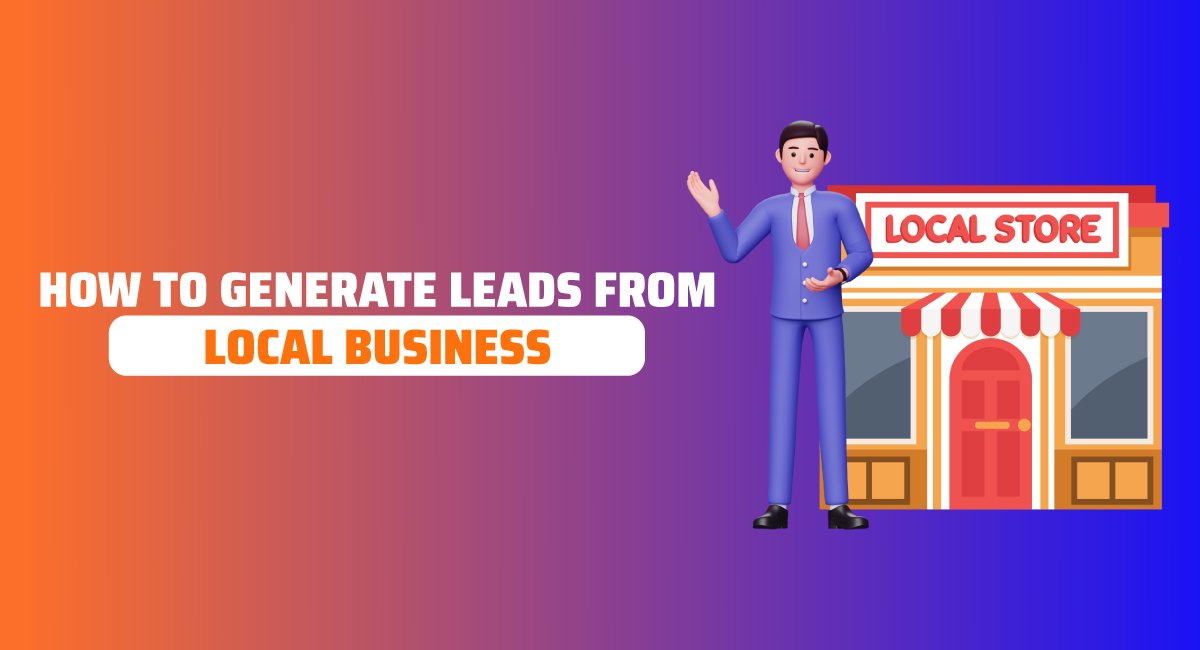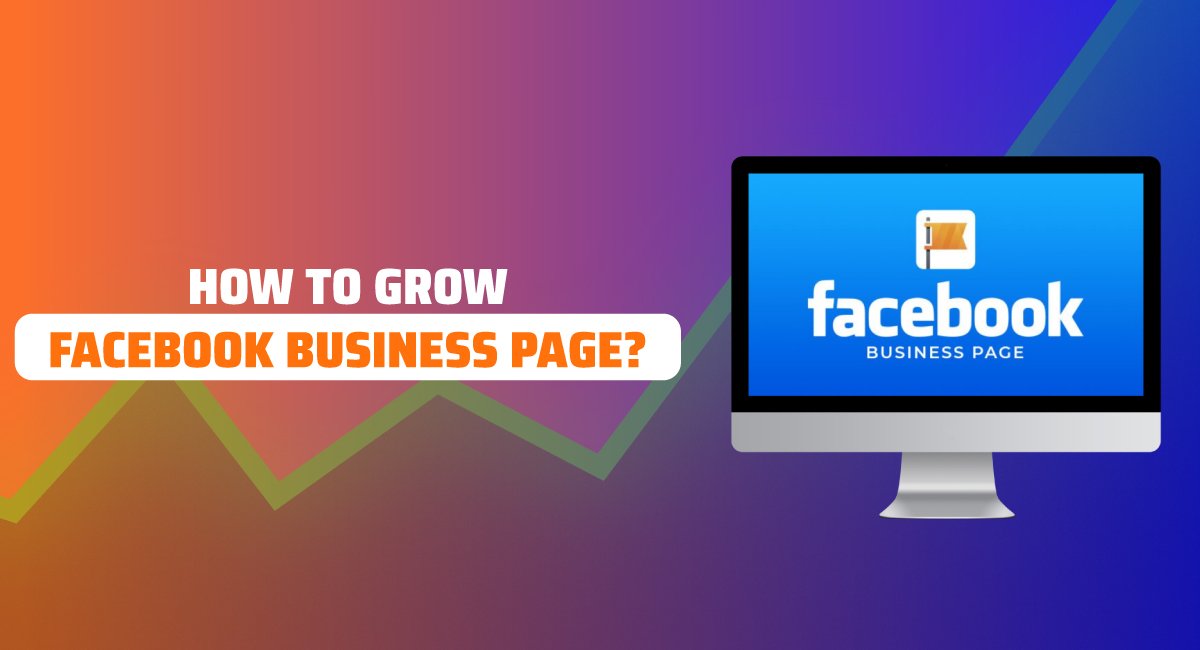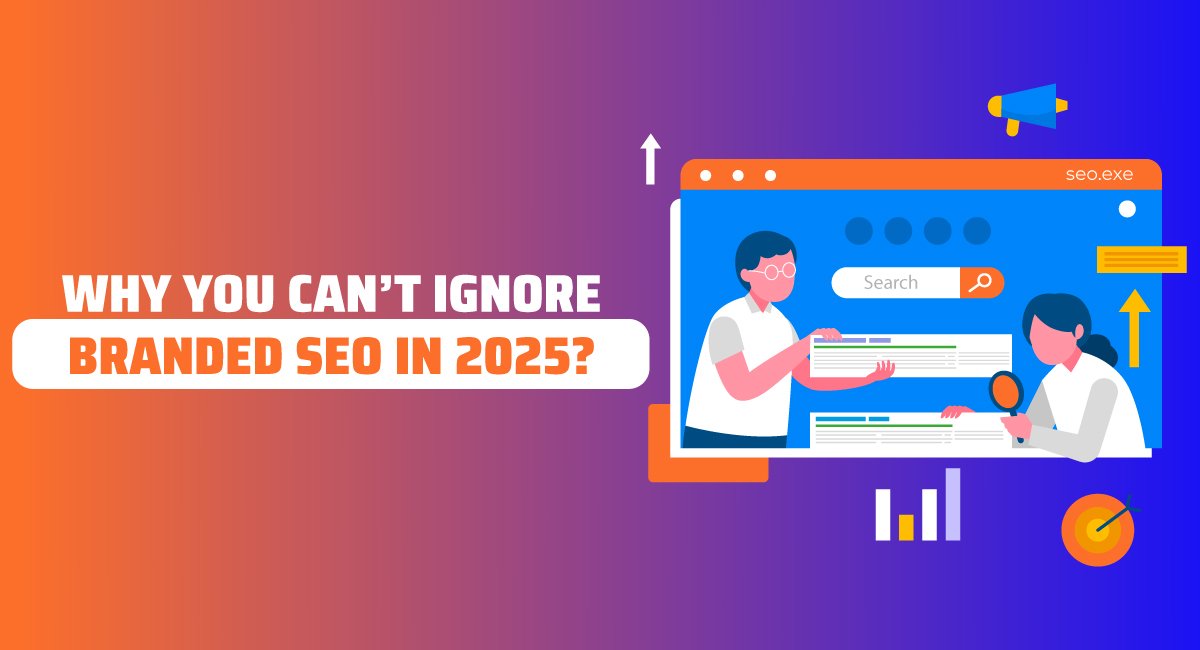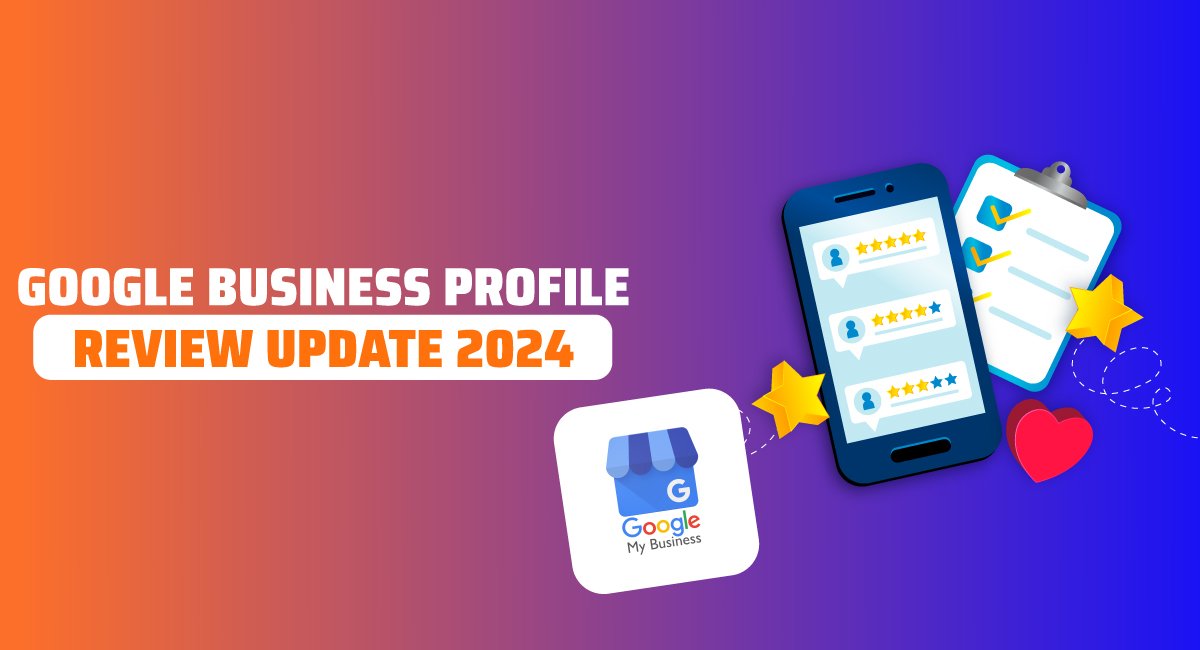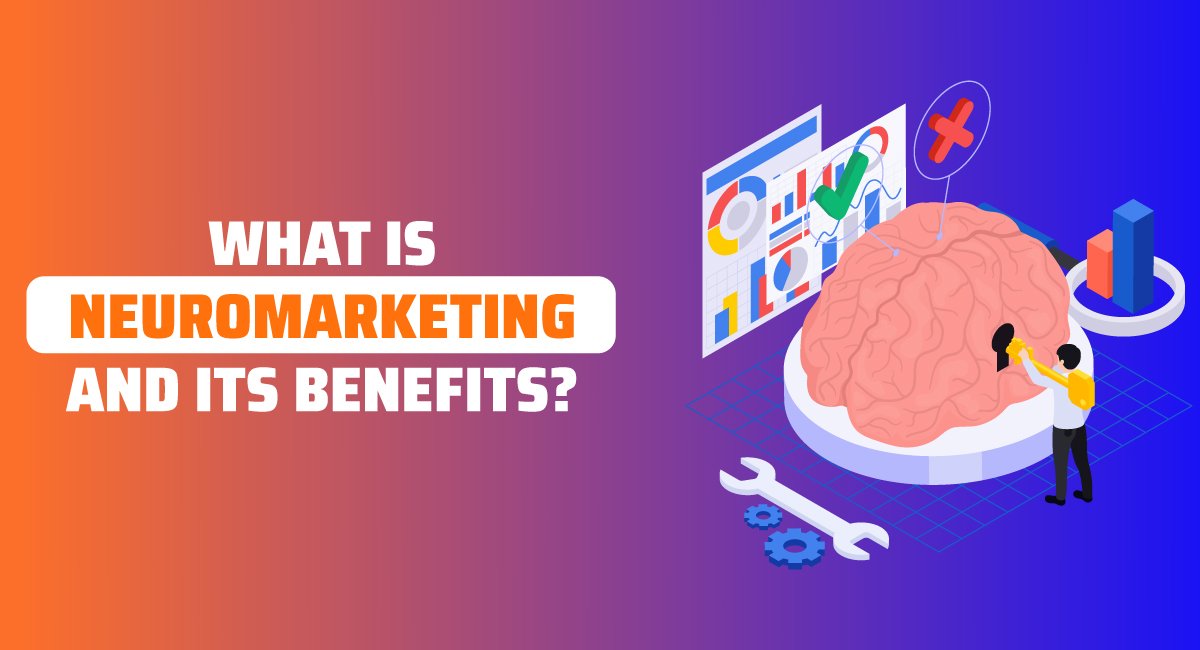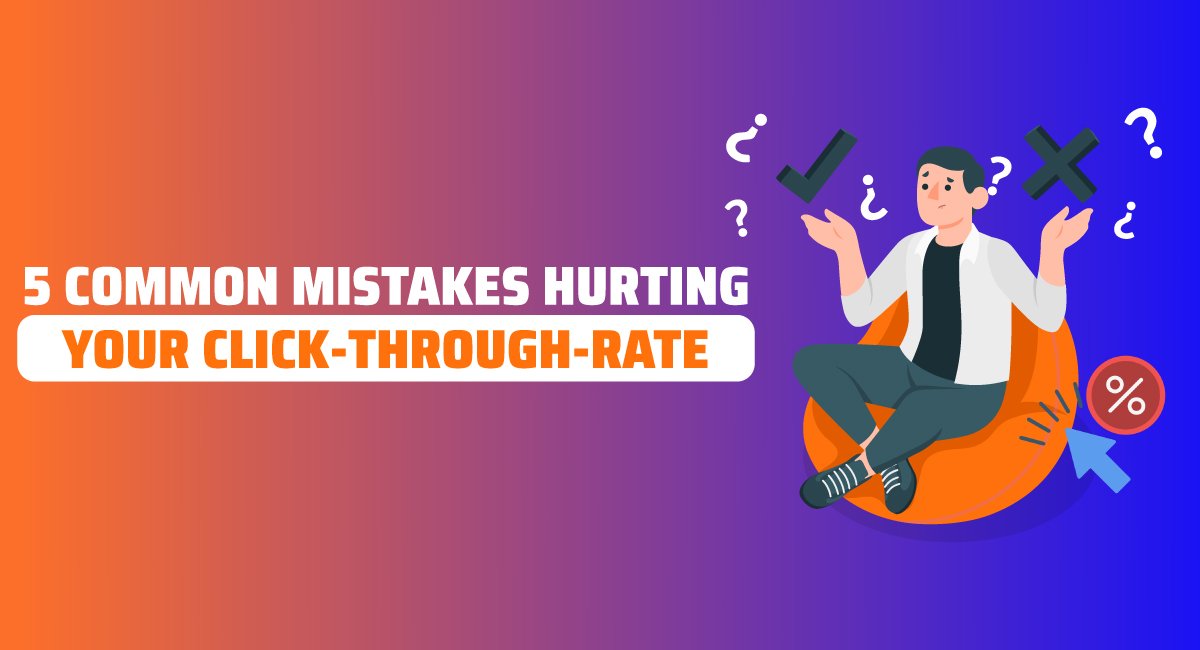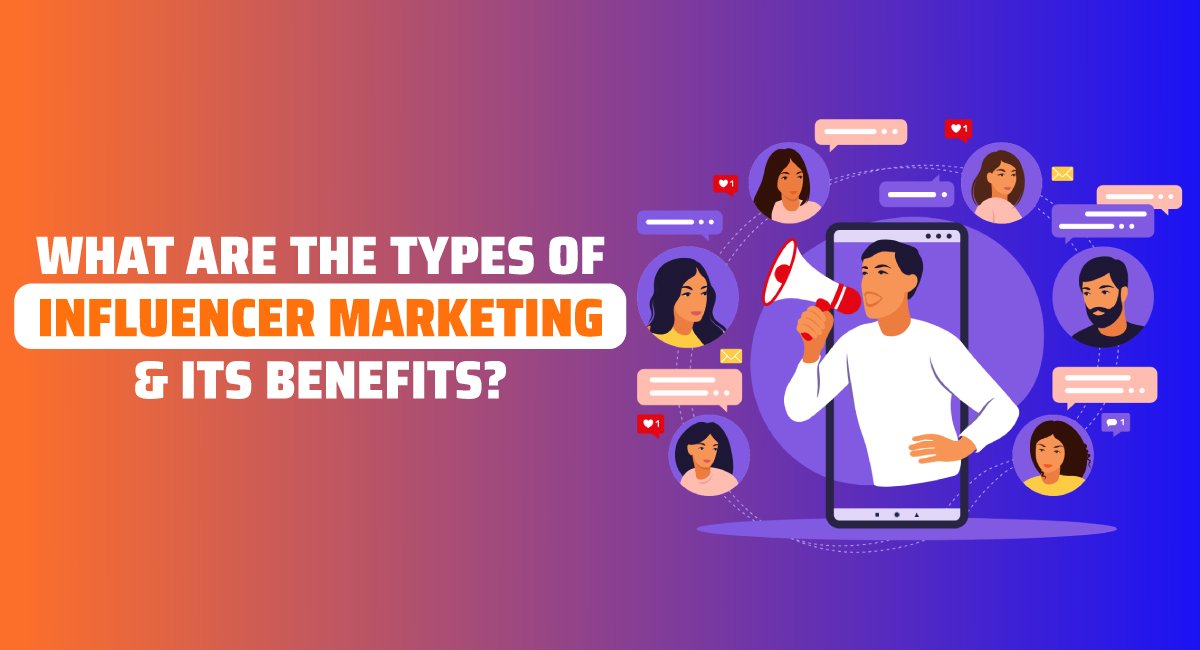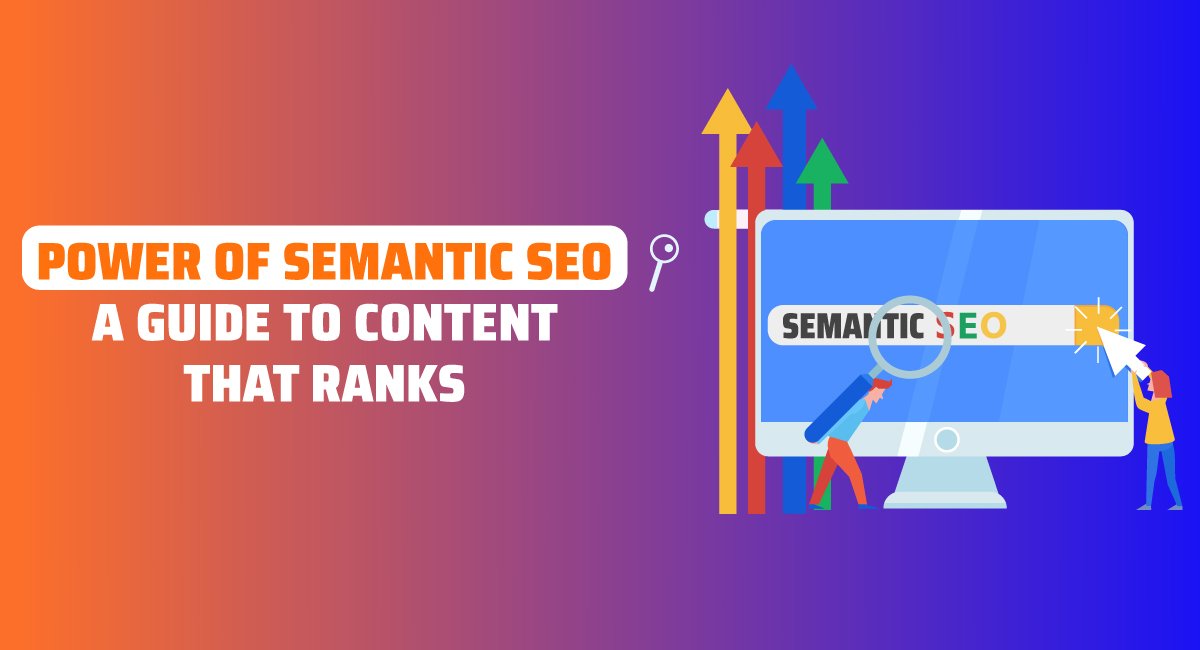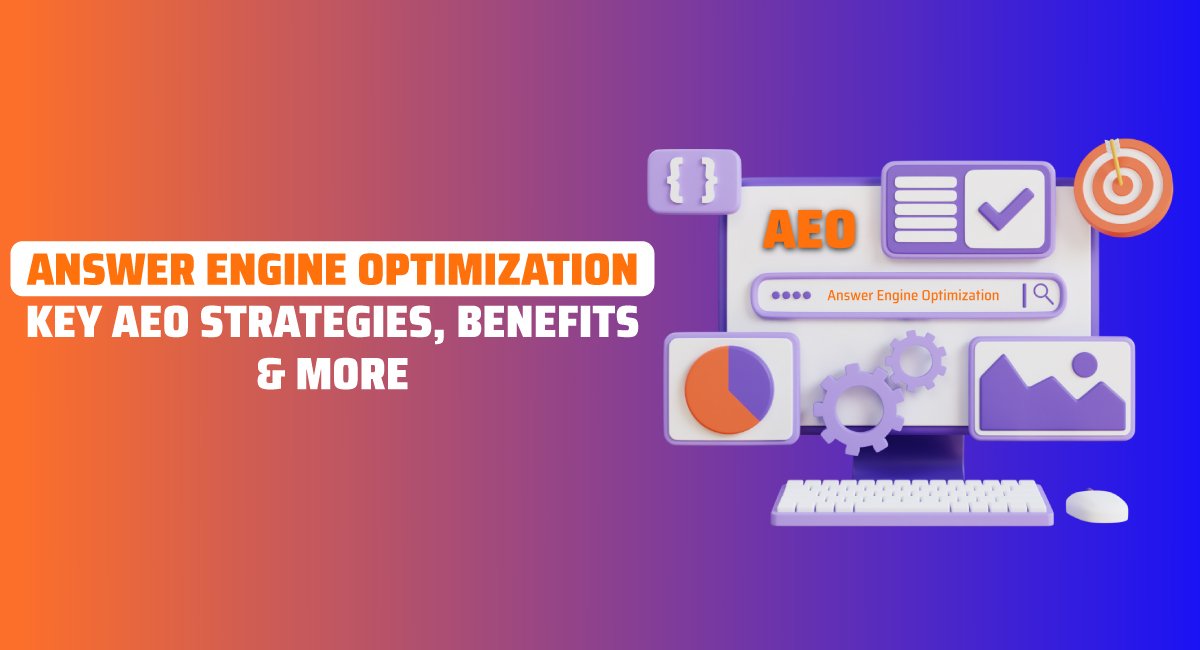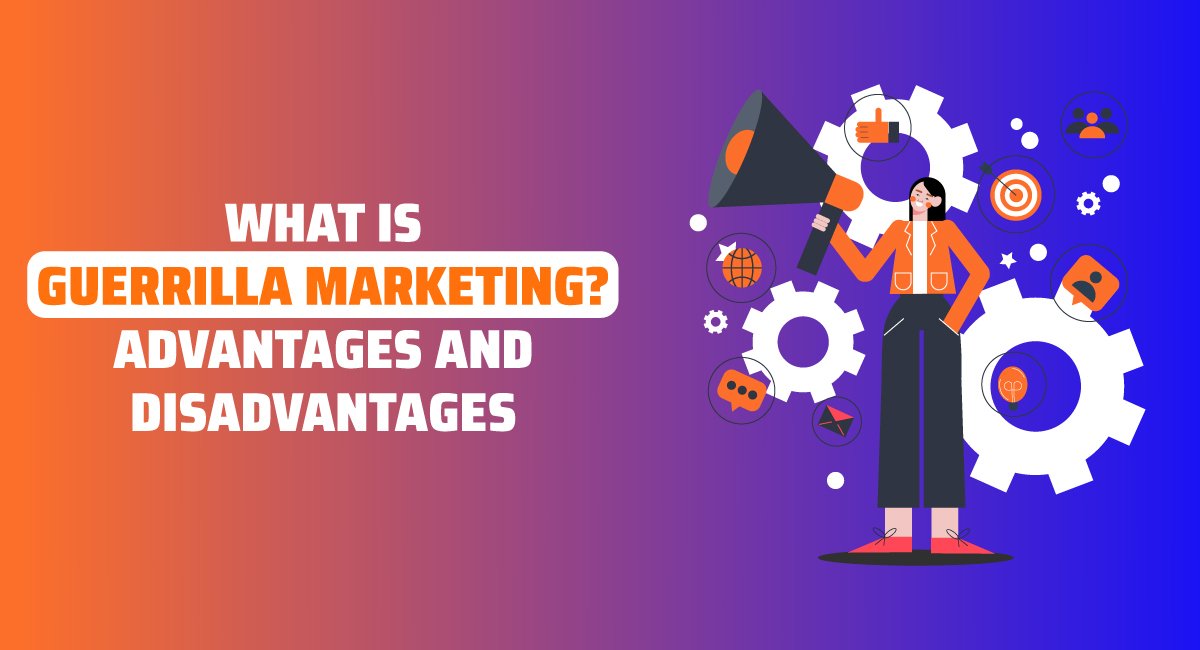
What is Guerrilla marketing? Advantages and Disadvantages
Gorilla marketing is a strategy that involves using unconventional and creative methods to reach consumers. It differs from conventional strategies, as conventional techniques most times will invoke large budgets for advertising and huge media exposure. Gorilla marketing is about creativity and the shock value the effect has on the target audience: it stands out in an overcrowded marketplace by creating memorable effects through unique and surprising marketing tactics.
Gorilla marketing represents thinking outside the box and breaking some traditional marketing norms. The idea is to seize consumers in ways which the traditional mode of advertising cannot. It can be in any form-takes publicity stunts in public spaces to viral campaigns on social media, all for the creation of excitement and buzz around a brand or product.
Lastly, gorilla marketing entails that some much-needed connections between the brand and the consumers come through meaningful experiences. When consumer attention is transformed into meaningful emotional bonds, brands become more memorable. The result of a long-lasting impression and building relations with customers is achieved when companies establish a stronger emotional bond with their audience. Accessing a competitive and busy marketplace demands a new and vibrant approach finding a guilty, creative way to touch the souls of consumers through gorilla marketing.
Advantages of Guerrilla Marketing
1. Cost-Effective
Guerrilla marketing usually requires little budget compared to traditional marketing. High expense may be used for creativity instead and impact may be sufficiently achieved without costing a fortune.
2. Strong Impact
Unconventional and shocking campaigns easily draw attention faster, making them memorable. Such high impact can contribute to mouth-to-mouth promotions wherein reach is multiplied several times.
3. Audience Involvement
Interactive or participatory guerrilla marketing encourages the audiences to participate more actively. Such participation develops a greater connection with the brand making them feel empowered and valued as customers.
4. Viral Potential
Creative campaigns are more likely to be spread around on social media, making the campaign more viewable. Viral marketing can multiply the circulation with zero incremental costs.
5. Flexibility
Guerrilla marketing techniques are very flexible in that they can easily fit into any given environment or audience. This flexibility provides business the opportunity to experiment to find what works best.
6. Brand Differentiation
Guerrilla marketing strategies are unconventional and add uniqueness to a brand in a highly competitive marketplace. Unique campaigns will help the brand stand out from the rest and make them easily recognizable.
7. Local Appeal
Guerrilla marketing commonly focuses on a specific community or community and localizes the campaign. Campaigns that take into consideration the local culture and preferences have a better chance of loyalty towards the brand and even intimate customer relations.
Disadvantages of Guerrilla Marketing
1. Unpredictability
Because guerrilla marketing relies on creativity, the results of such campaigns cannot be predicted. Campaigns that have been designed to have that effect may not touch a chord with the target audience, thus provoking unpredictable reactions from the audience, which would damage the message targeted.
2. Risk of Misunderstanding
Creative and unique campaigns are likely to confuse or mislead audiences. The lack of clarity in the message can result in poor perception, further damaging the brand's reputation and alienating potential customers.
3. Limited Scope
Guerrilla marketing usually focuses on specific locations or demographics. This localized approach may usually miss out on broader audiences, so the branding visibility is lower compared to the traditional advertisement.
4. Short-Lived Impact
Most guerrilla campaigns make a boom when it first is implemented, but they soon lose the impact. As the buzz fades away, some brands struggle to maintain engagement from customers or even maintain relevance, which reduces long-term impact.
5. Legal Risks
Some guerrilla tactics unintentionally offend local law or regulations, resulting in fines or negative publicity. Brands have to be extremely cautious, as legal issues can seriously harm the image of a brand.
6. Resource-Intensive
While generally cost-effective, guerrilla marketing may involve enormous amounts of time and energy in planning and executing. Small groups cannot keep the necessary resources to match this investment with usual business operations.

.png)
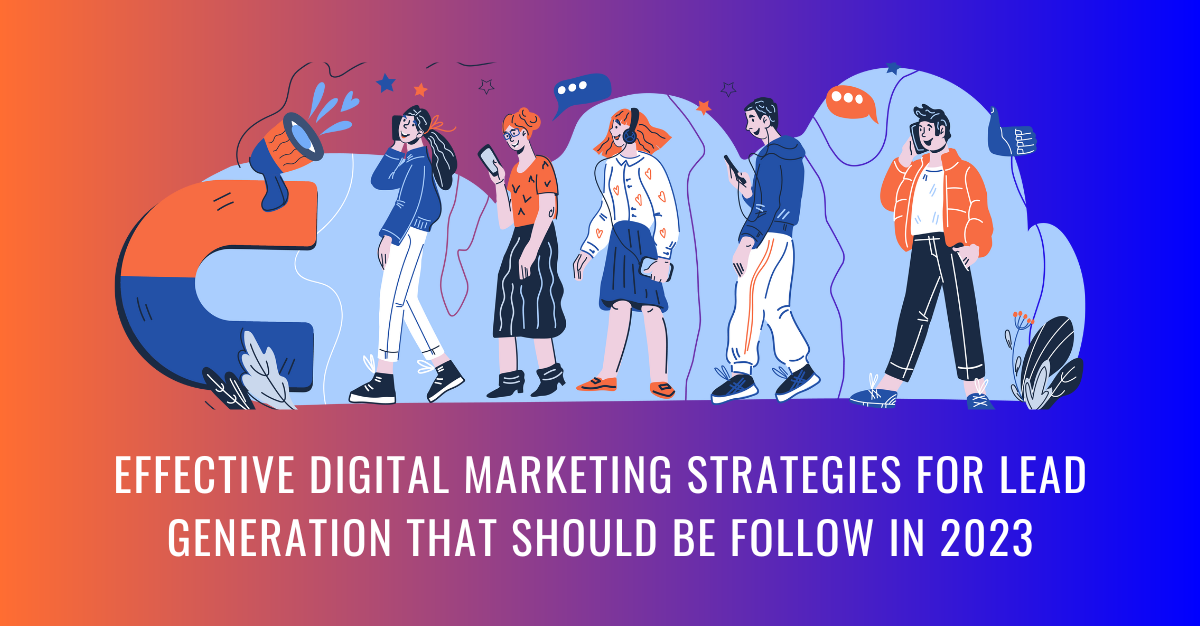
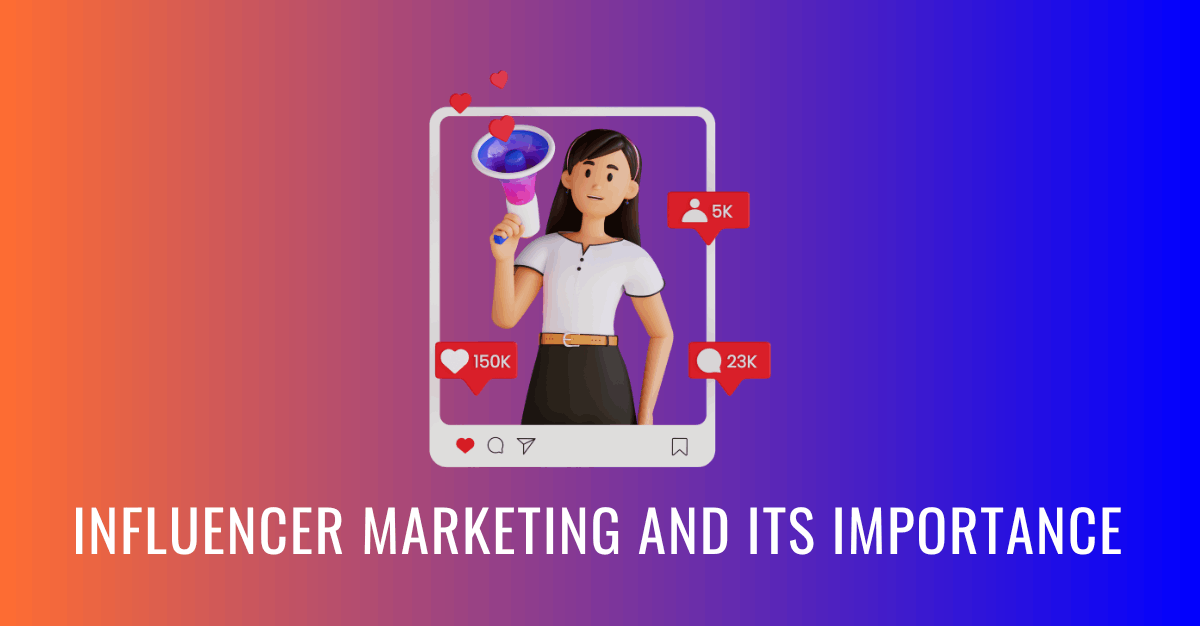
.png)




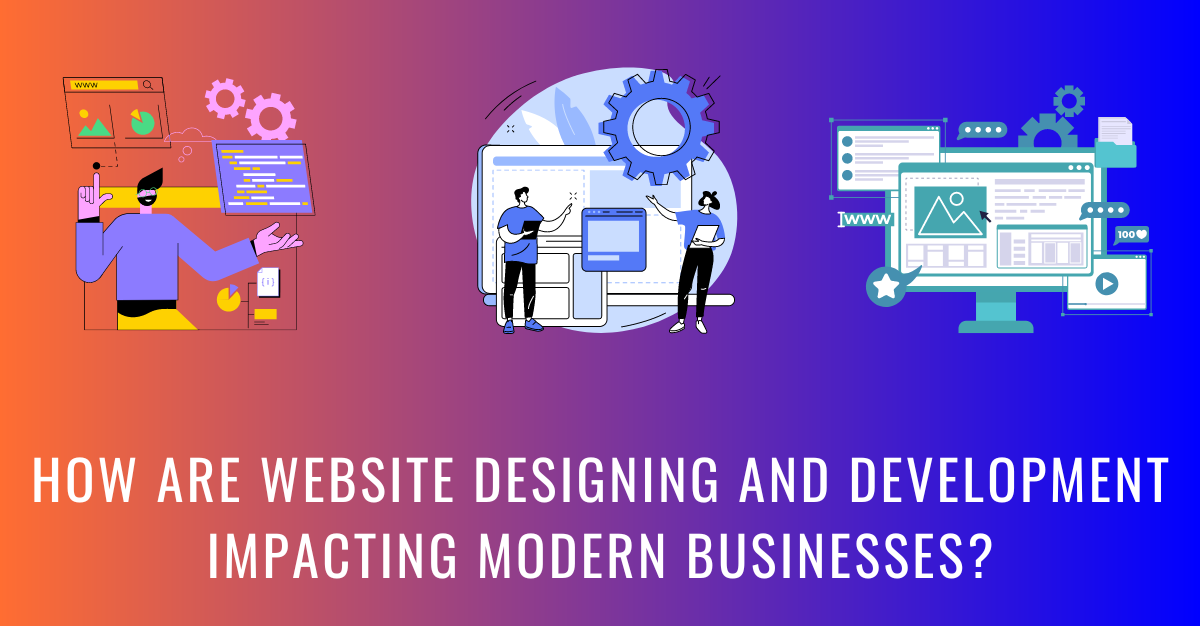

.png)
.png)

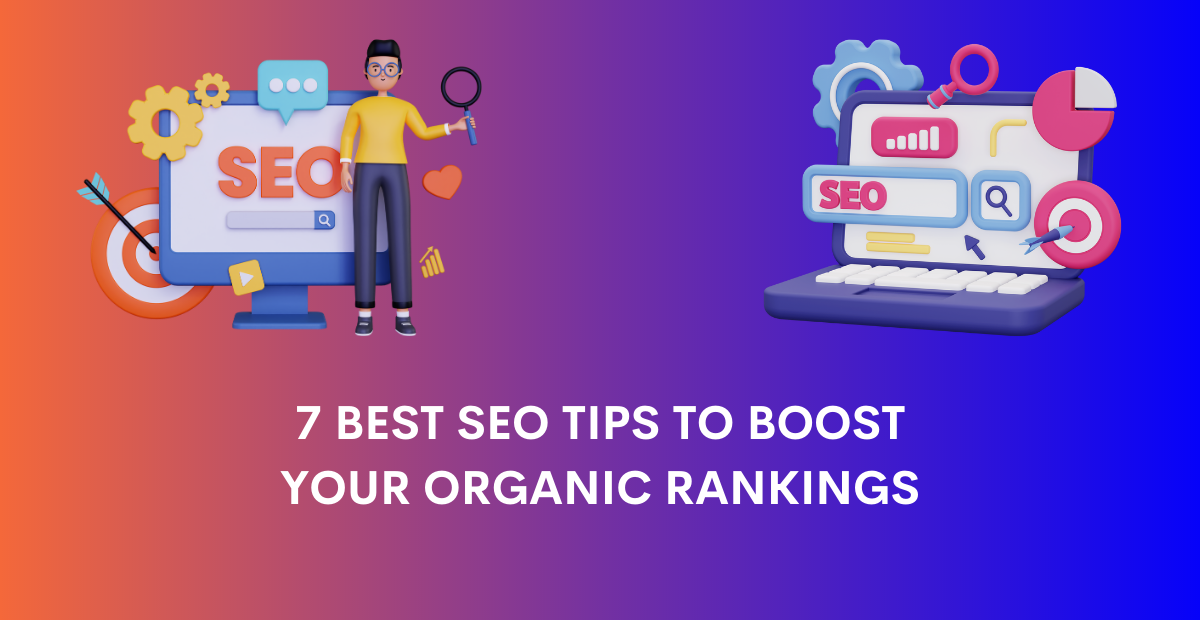
.png)
.png)
.png)
.png)
.png)
.png)
.png)

.png)
.png)
.png)
.png)
.png)
.png)
.png)
.png)
.png)
.png)
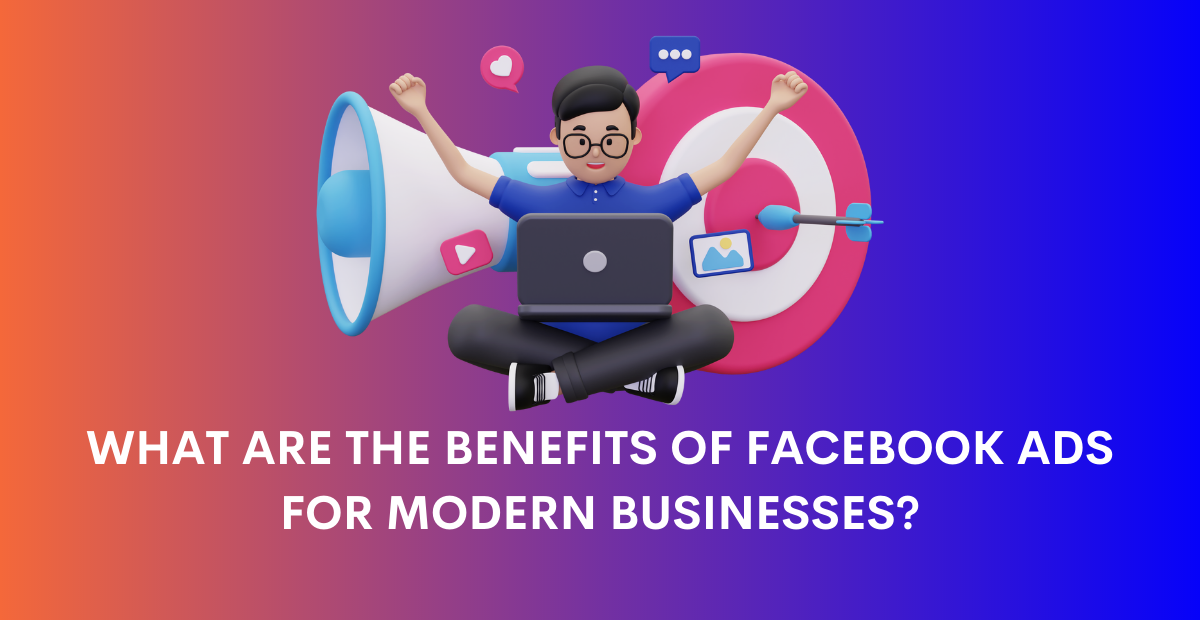
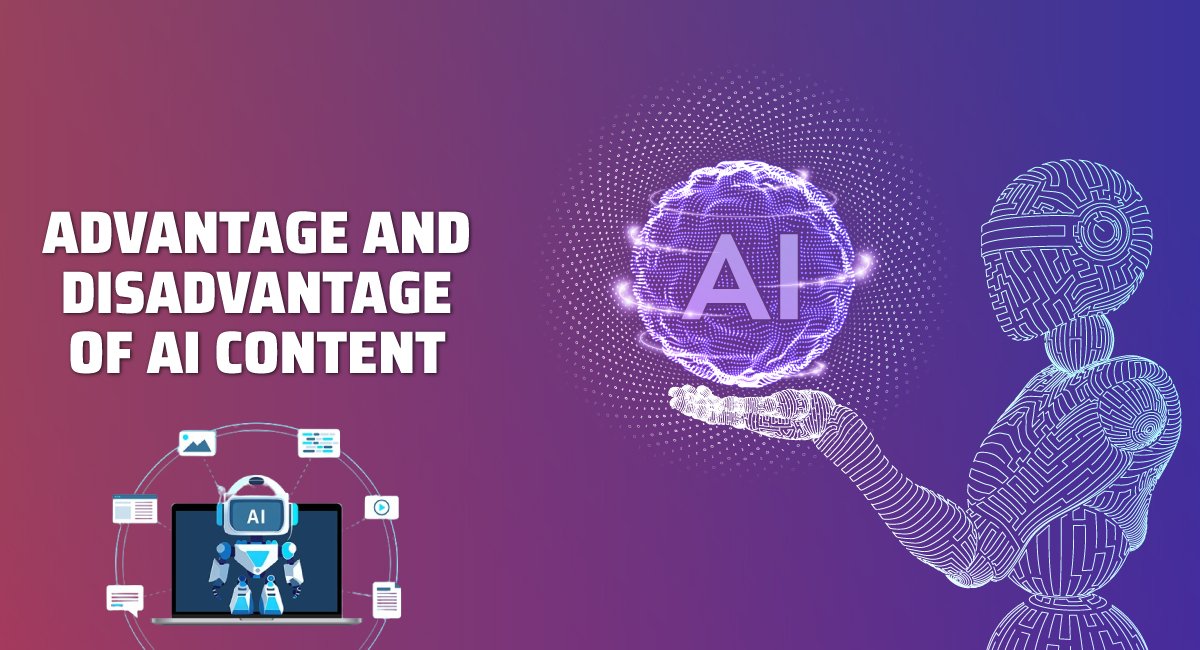



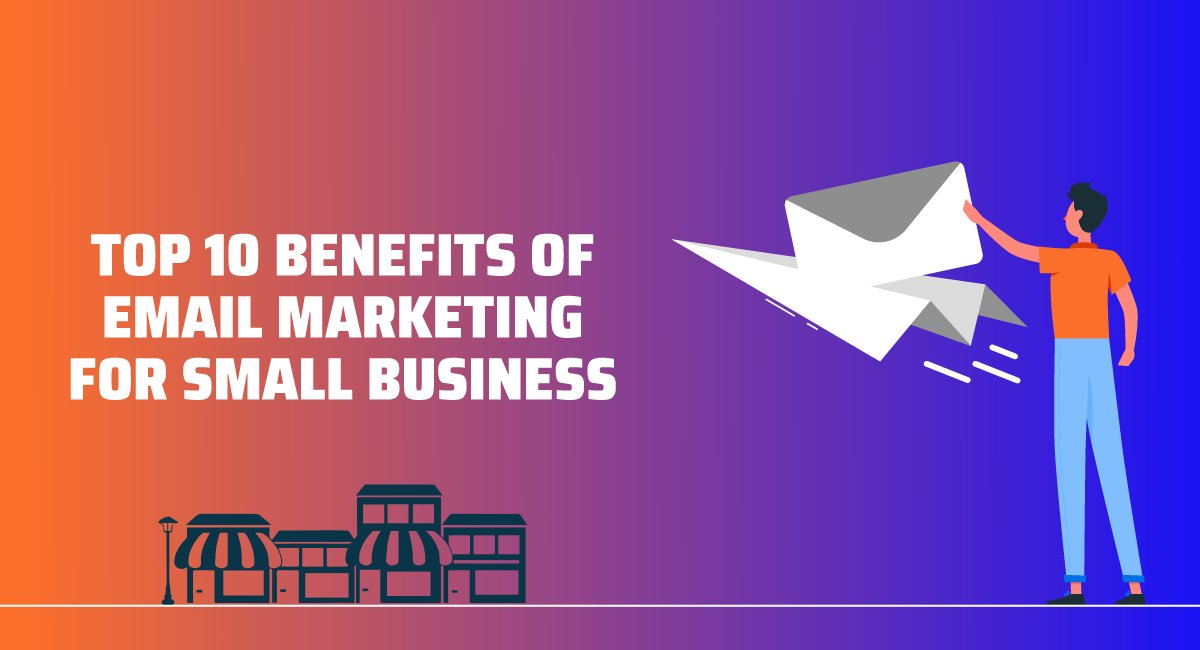

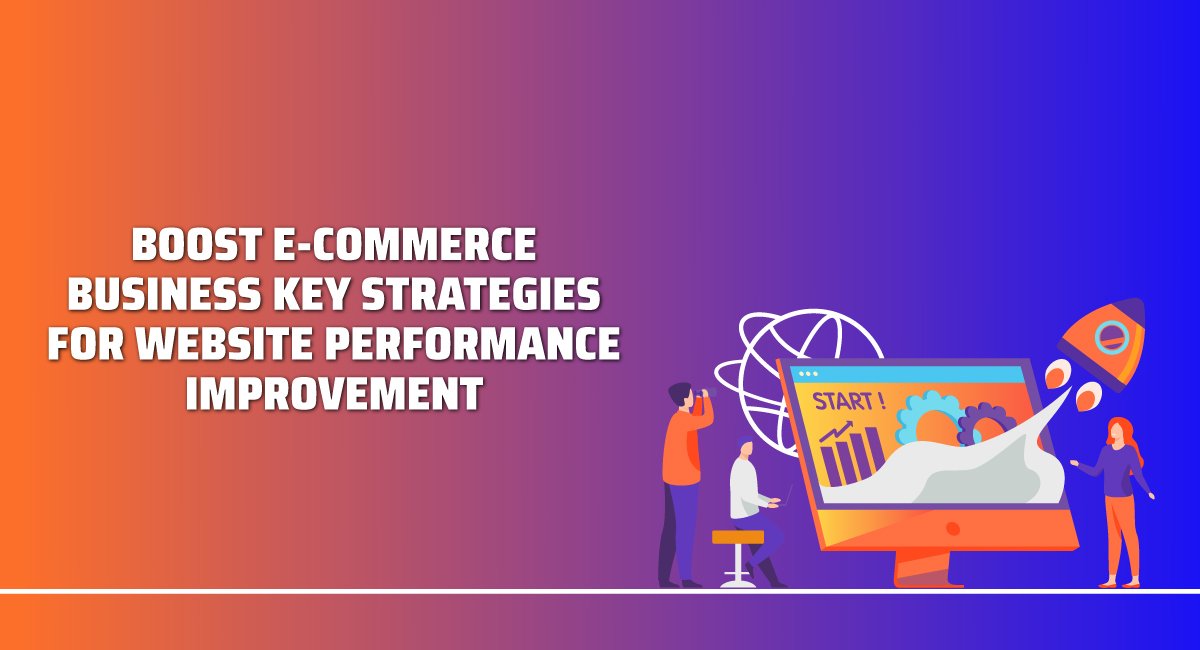
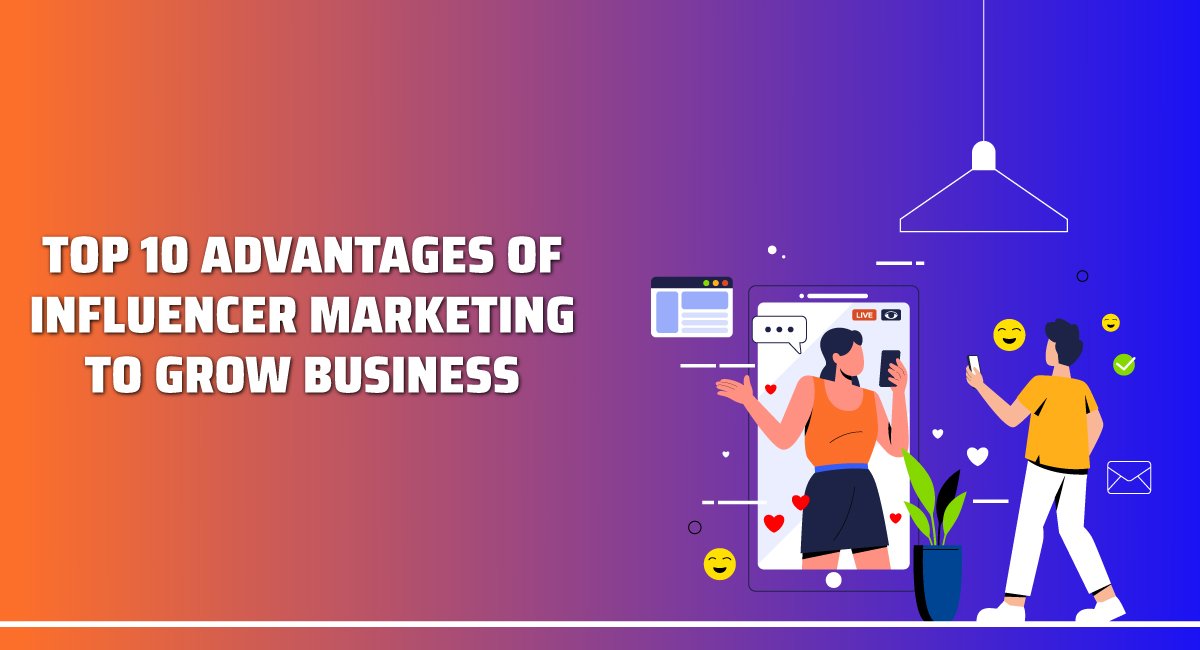
.jpg)
